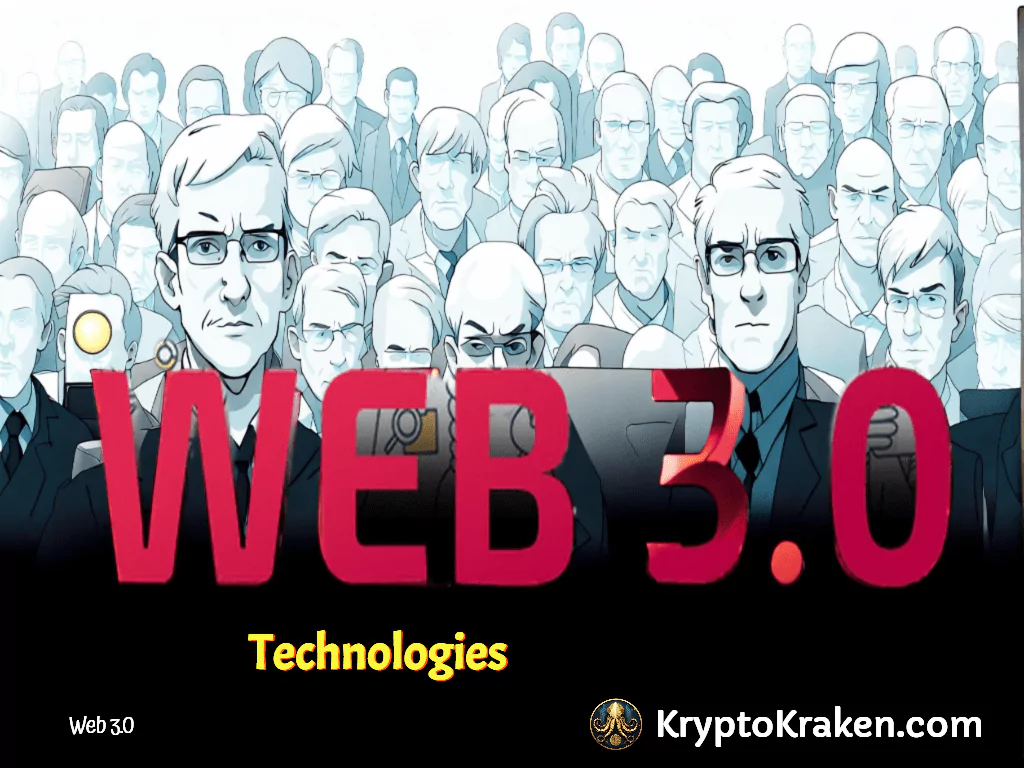
- September 2, 2023
- Dennis Frank
- 1
Web 3.0 Technologies are revolutionizing the way we interact with the internet.
This new stage of digital transformation isn’t just a term, but an imminent truth.
The shift from Web 2.0 to Web 3.0 Technologies represents a significant leap in how information is created, shared, and consumed online.
This upgrade is not only significant, but a revolutionary change in the way data is generated, disseminated and used.
Table Of Contents:
- The Evolution of Web 3.0
- Dynamic Interconnectivity in Web 3.0
- Ubiquitous Connectivity & Data Integration: A New Era of Internet Interaction
- Ubiquitous Connectivity & Data Integration: A New Era of Internet Interaction
- Enhanced Security Features
- Augmented Reality & Smart Contracts
- Challenges With Implementing Web 3.0
- Conclusion
The Evolution of Web 3.0
Web 3.0, also known as the semantic web or spatial web, signifies a major advancement from its predecessors in terms of technology and user interaction capabilities.
Artificial Intelligence in Web 3.0
In this digital era where data is king, artificial intelligence (AI) has emerged as a game-changer for web technologies’ evolution into WEB three point zero technologies’. AI enables machines to comprehend and interpret data with unprecedented efficiency.
Role of Machine Learning in shaping Web 3.0
Beyond just AI, machine learning plays an instrumental role within this new internet paradigm by enabling systems to learn from past experiences without explicit programming instructions.
Integration Of Internet Of Things (IoT) with Web 1
The amalgamation between IoT devices and cloud services forms an integral part of the journey towards achieving ubiquitous connectivity characteristic to web three point zero.
Dynamic Interconnectivity in Web 3.0
The transition to Web 3.0 has initiated a groundbreaking period of variable communication, totally transforming how people interact with digital resources and platforms.
Decoding Dynamic Systems for Web Development
A dynamic system is an environment where all components are interconnected and constantly interact with each other. In terms of Web 3.0, this implies seamless interaction between various applications, websites, services, and user data.
This high level of interactivity owes its existence to cutting-edge technologies like edge computing that enable real-time processing at the source instead of relying on a single remote server.
User Experience Amplified by Interconnectivity
Distinguishing factors separating Web 1 or Web 2 from their successor include how it encourages user-generated content production by enabling machines to understand information akin to human cognition using semantic markup language.
Such advancements not only make search engines more reliable but also facilitate personalized results based on individual preferences and browsing history. Leveraging artificial intelligence (AI) algorithms along with machine learning capabilities allows these networks to offer highly customized experiences previously unattainable during earlier internet eras.
- Promotion of User Interaction: The ability for different distributed ledger technology-based platforms to communicate directly without any trusted intermediary enhances transparency while reducing potential points of failure within traditional centralized systems.
- Cross-platform development tools: These allow developers to create apps that can run on multiple operating systems and devices, increasing the reach and usability of the application.
- Built-in treasuries: Decentralized blockchain technology enables the creation of self-sustaining ecosystems that encourage participation and incentivize contributions through token rewards.
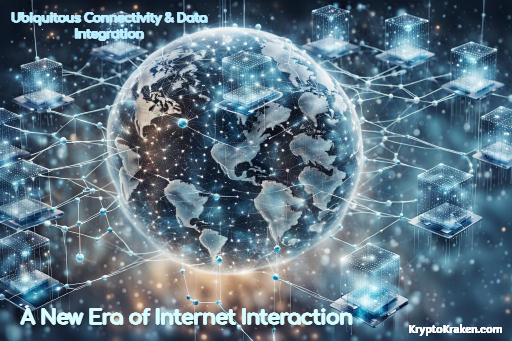
Ubiquitous Connectivity & Data Integration: A New Era of Internet Interaction
The dawn of Web 3.0 has brought forth a period where internet connection is no longer an amenity, but rather the standard. This new paradigm emphasizes seamless data integration and ubiquitous connectivity.
Pervasive Interconnectivity: The Backbone Of Web 3.0
In simple terms, ubiquitous connectivity implies constant communication between devices – extending beyond traditional computing systems to include mobile phones, smart appliances, and more. Techopedia explains here.
This widespread interconnection enables real-time information exchange across multiple platforms such as social networks or web-based applications, enhancing user interaction like never before.
Data Integration In Action: Unifying Digital Assets For Optimal Functionality
Data integration plays a pivotal role within this advanced framework too by amalgamating diverse datasets into one cohesive set for easy access and utilization. SearchDataManagement provides further insight on this topic here. By eliminating the need to switch constantly between various applications, users can leverage digital assets with ease.
- Fosters Effective Decision-Making:
- Integrated data supports informed decision-making processes.
- Aids Machine Learning Algorithms:
- Diverse integrated datasets are crucial for machine learning algorithms, which require vast amounts of varied inputs for optimal functionality.
- Simplifies User Experience:
User experience becomes simplified when they have all necessary resources at their fingertips due to effective data integration.
Despite its potential benefits, it’s important we address certain challenges that come along with implementing these technologies, ensuring a smooth transition towards wider adoption.
Enhanced Security Features
The implementation of cutting-edge security measures within Web 3.0 is essential to ensure user data privacy and a safe online experience. The integration of advanced technologies within this next-generation internet platform is instrumental in preserving a secure online environment.
Importance of Security Measures on Online Platforms
In an era where data breaches are increasingly prevalent, the implementation of robust security strategies isn’t just optional—it’s essential for any digital platform. Users entrust these platforms with their sensitive information; therefore, ensuring that such data remains shielded from potential threats becomes paramount.
This involves utilizing various tactics like encryption algorithms and two-factor authentication (2FA), among other protective mechanisms devised to guard against unauthorized access or manipulation of user data.
Ensuring Privacy with Advanced Technology
Beyond safeguarding user data from external threats, there’s also the necessity for internal privacy protection—preventing companies themselves from exploiting personal information without explicit consent—an issue spotlighted by recent controversies surrounding tech giants like Facebook and Google.
One significant feature in Web 3.0 infrastructure can help address these concerns by providing decentralized networks which eliminate the need for trusted intermediaries who might misuse privileged access rights.
Distributed ledger technology ensures all transactions are transparently recorded while smart contracts automate processes securely without requiring third-party oversight, thereby enhancing both safety and efficiency simultaneously in this new internet era.
Augmented Reality & Smart Contracts
The advent of Web 3.0 has enabled the emergence of innovative technologies such as AR and smart contracts, revolutionizing business operations.
Implementation & Impact of Augmented Reality in Business Operations
Augmented reality, a technology that overlays digital data onto real-world environments, is quickly becoming an essential part of various industries. It offers interactive experiences by enhancing users’ perception and interaction with their surroundings.
In sectors such as retail, AR can provide customers with virtual product previews before making a purchase. For example, furniture retailers now offer apps that allow consumers to visualize how an item would look in their home using AR technology. This not only enhances customer satisfaction but also significantly reduces return rates.
Understanding and Utilizing Smart Contracts for Seamless Transactions
A smart contract, a self-executing agreement where terms between buyers and sellers are embedded into code on a blockchain network, plays a pivotal role in the development of decentralized applications. They automate transactions without requiring intermediaries or trusted parties, making them a key feature of web 3 era’s internet user experience design.
This decentralization eliminates potential fraud risks associated with traditional contracts while ensuring faster transaction processing times. It is one of the top 10 web 3.0 projects revolutionizing financial institutions due to its ability to increase efficiency while substantially reducing costs.
Challenges With Implementing Web 3.0
The move to Web 3.0, while promising and stimulating, also presents a range of obstacles that must be resolved before it can be generally embraced.
1. Understanding New Technologies
Figuring out the learning process connected to novel technologies like smart contracts, distributed ledger technology, and AI is a major test in utilizing Web 3.0 advances.
In order to overcome this hurdle effectively, education initiatives targeted at both developers and end-users are crucial for understanding key features like machine learning capabilities or user-generated content production mechanisms inherent within Web 3.0 architecture.
2. Infrastructure Issues: Scalability & Interoperability
Apart from comprehension difficulties surrounding advanced systems like these, there are infrastructure issues related to scalability and interoperability among different blockchain platforms which pose another major challenge. Despite advancements such as cross-platform development tools achieving seamless integration across various digital assets remains complex.
- Focused research on improving scalability through edge computing techniques could provide solutions regarding infrastructure problems.
Potential Solutions To Overcome These Hurdles:
- Educational InitiativesEducation initiatives targeting both developers and users about key features of Web 3.0 technologies including machine learning capabilities or user-generated content production mechanisms can help ease the steep learning curve involved in understanding these concepts.
Infrastructure ResearchInvestment into focused research aiming at enhancing scalability via cutting-edge computing methods may prove beneficial towards resolving some infrastructural challenges faced by Blockchain networks forming part of Web 3.0 framework.
Conclusion
The evolution of Web 3.0 Technologies has opened up a new world of possibilities.
We have witnessed the power of interconnectedness to upgrade user involvement and empower consistent information combination across frameworks.
We’ve seen how dynamic interconnectivity enhances user experience and promotes seamless data integration across platforms.
The security features in Web 3.0 ensure privacy while offering robust protection against online threats.
Augmented reality and smart contracts have emerged as game-changers, transforming business operations and transactions respectively.
However, like any emerging technology, implementing Web 3.0 comes with its own set of challenges that need addressing for widespread adoption to occur.
If you’re intrigued by the potential of blockchain tech or want to better understand this digital revolution, consider joining our project KryptoKraken – Blockchain. Click here to start your journey into the fascinating world of Web 3.0 Technologies today!




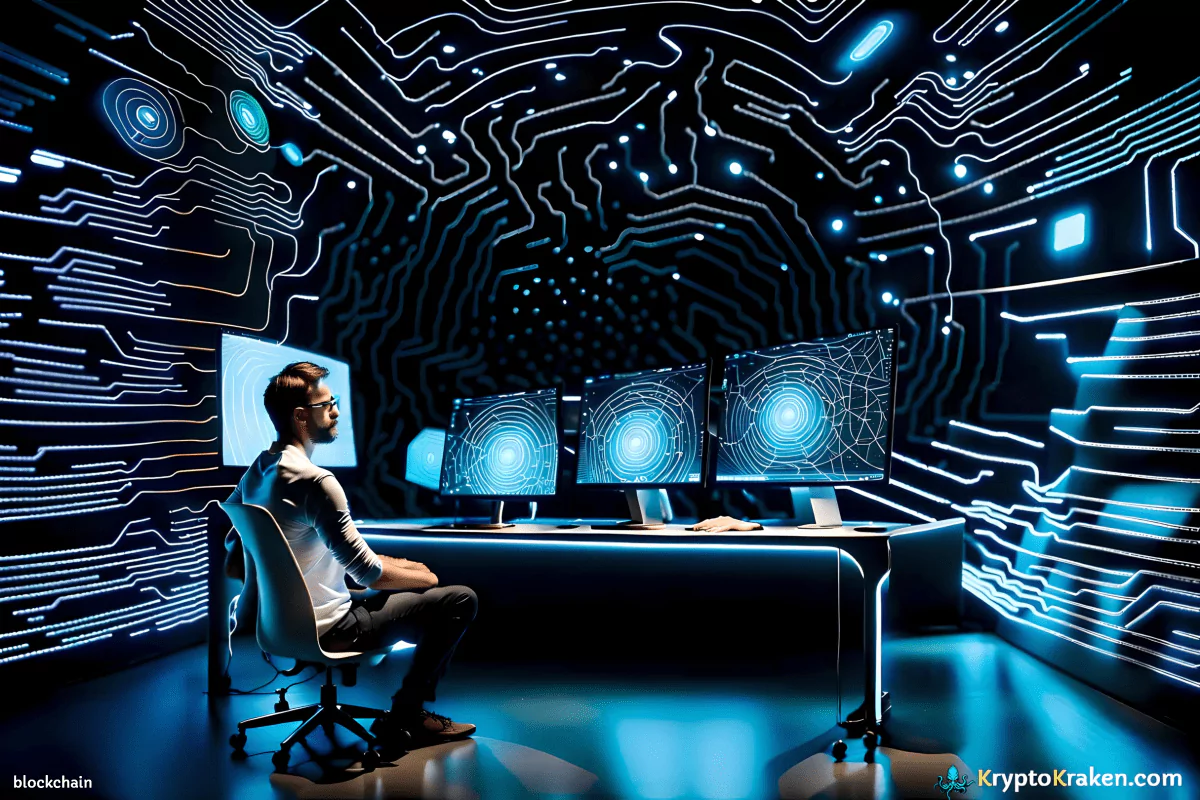
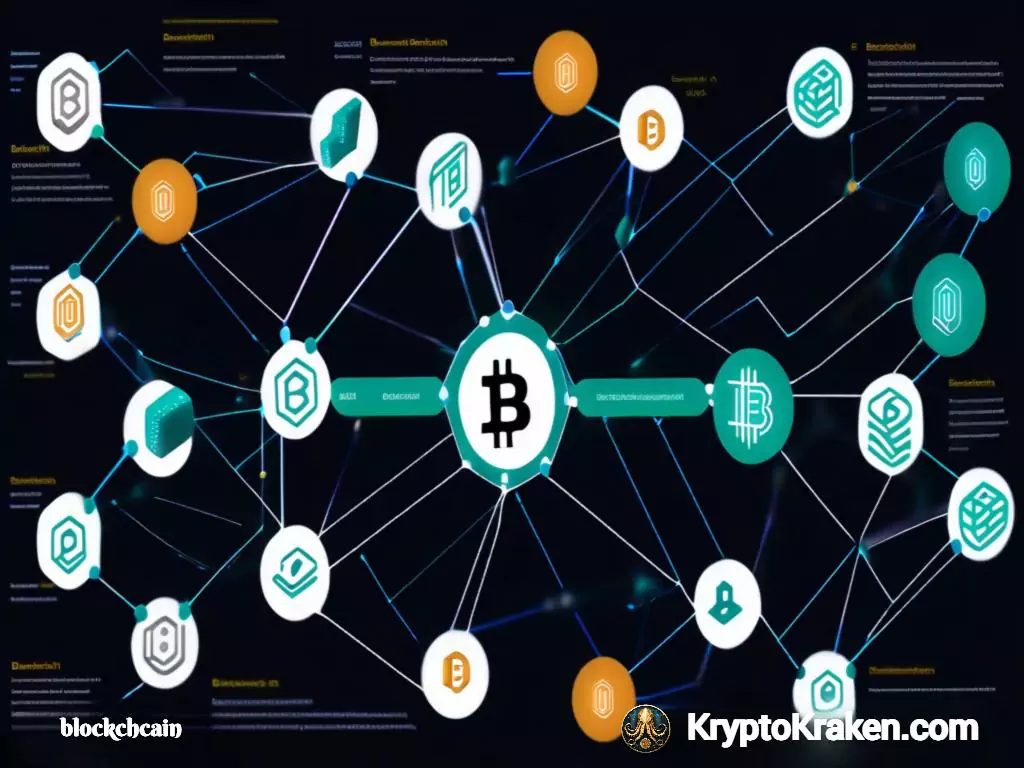
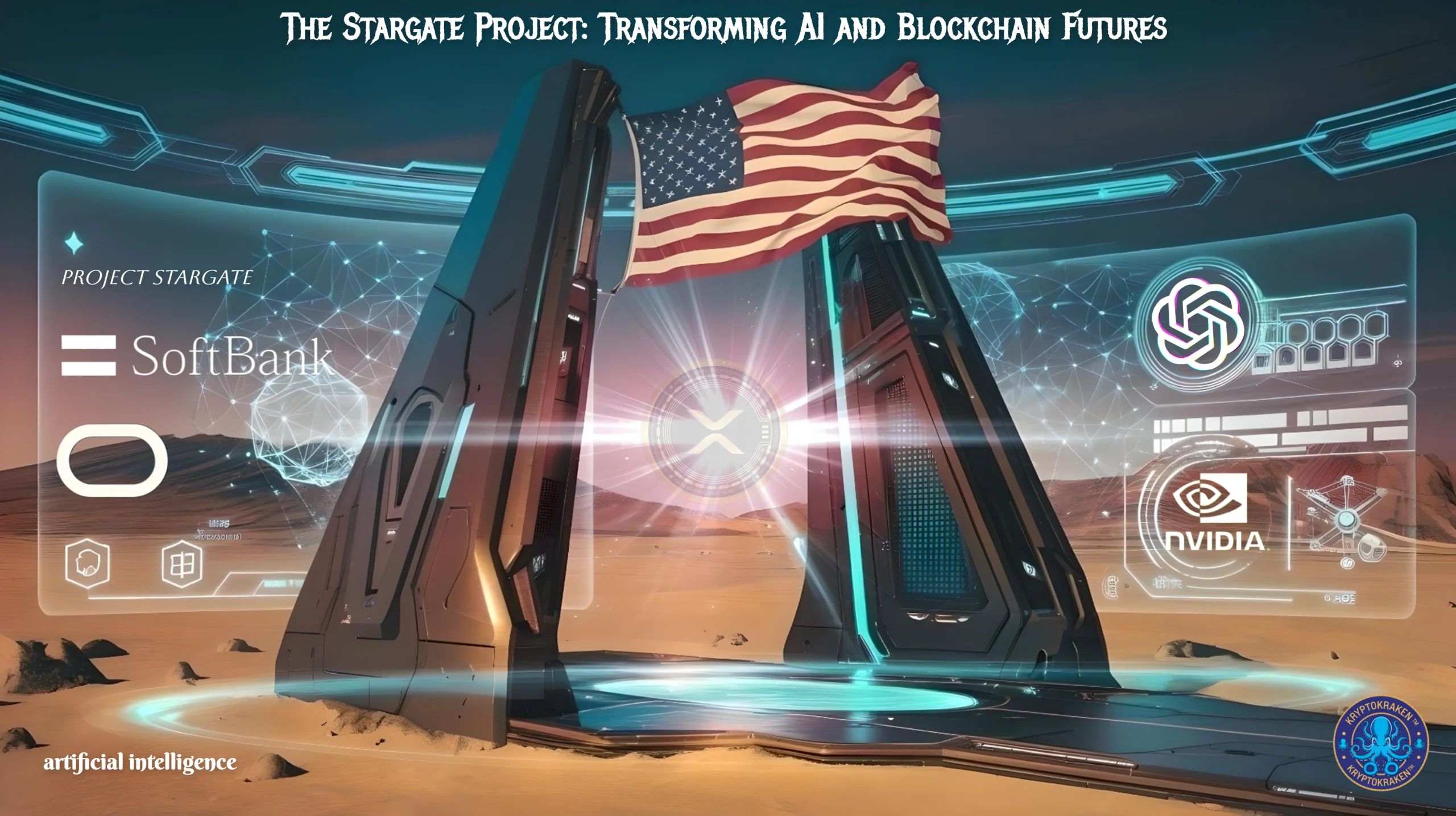
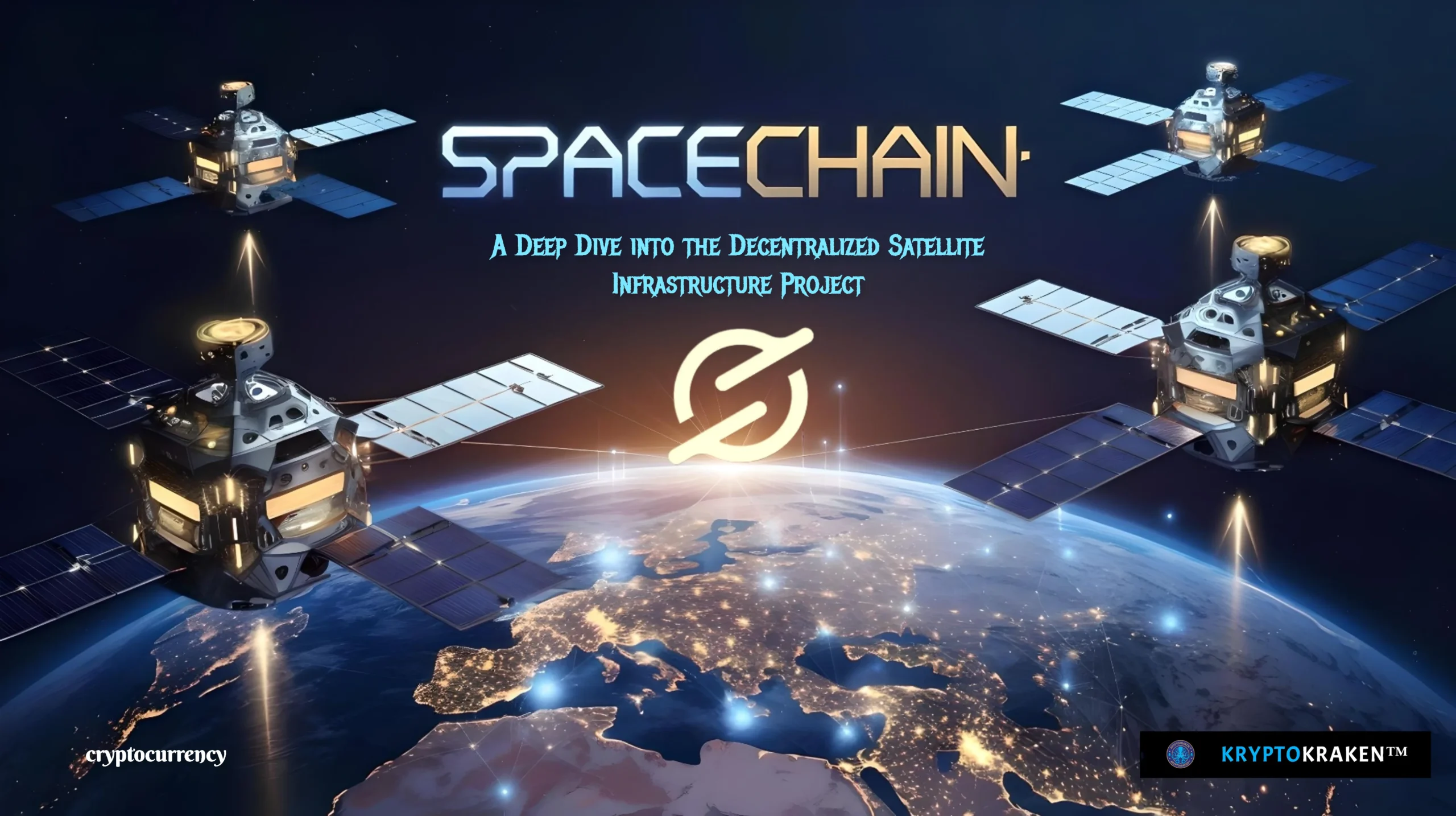



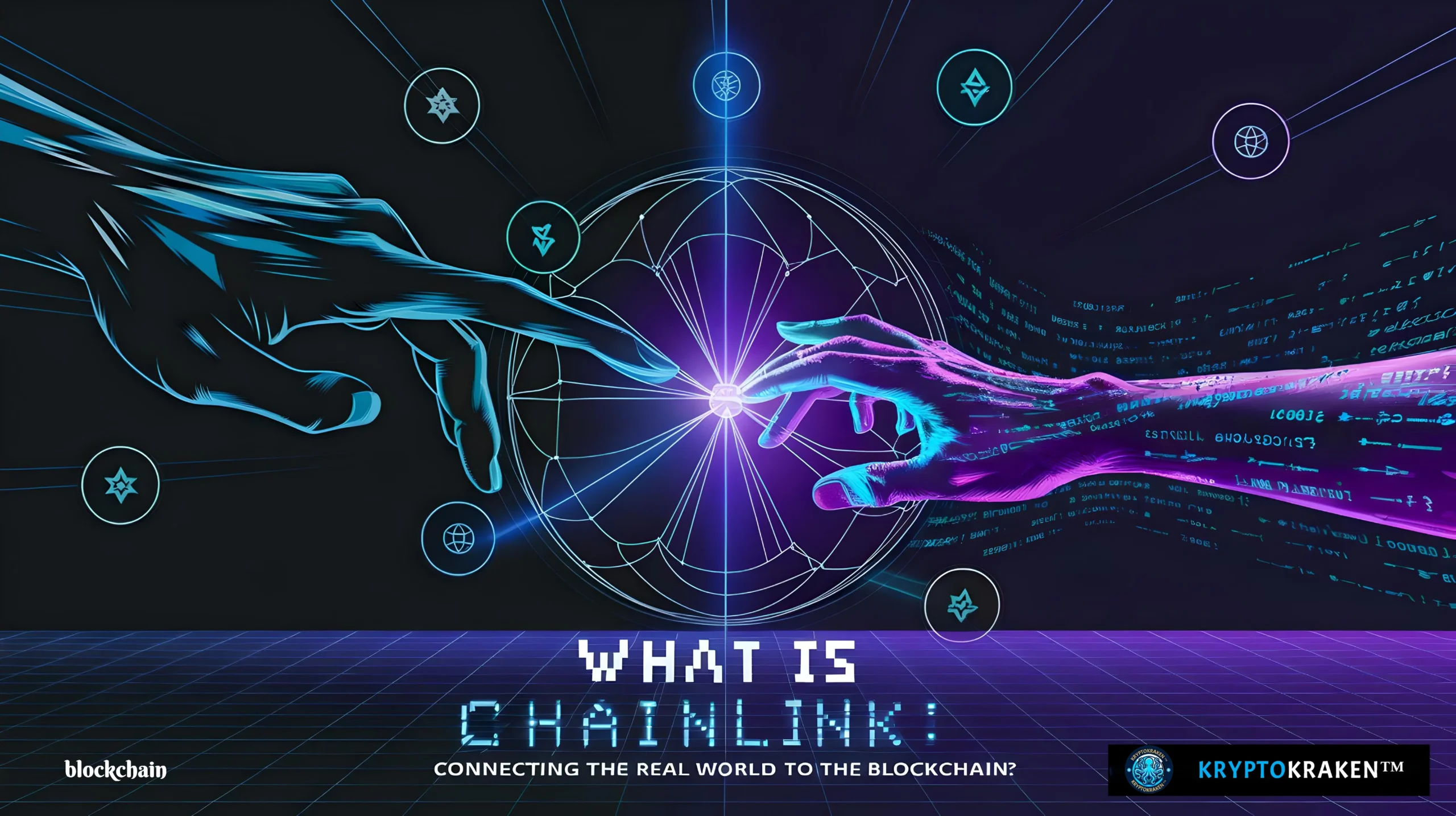
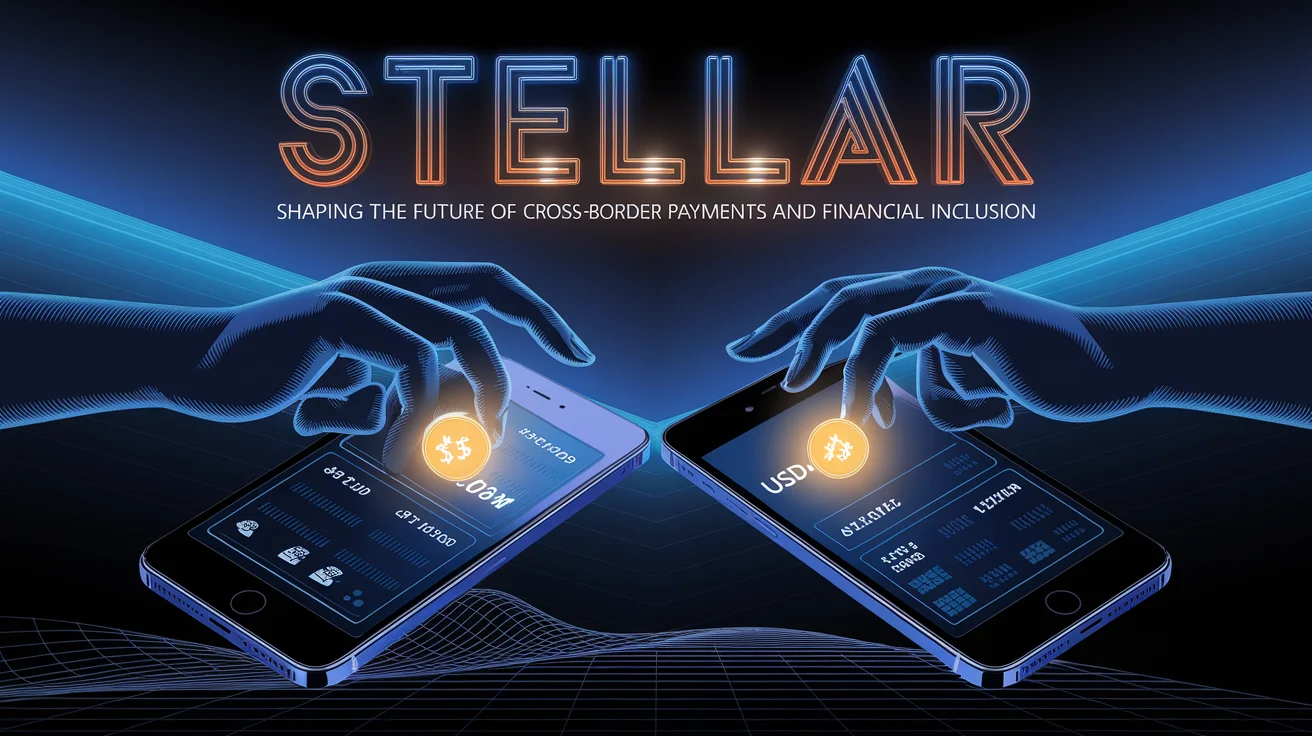
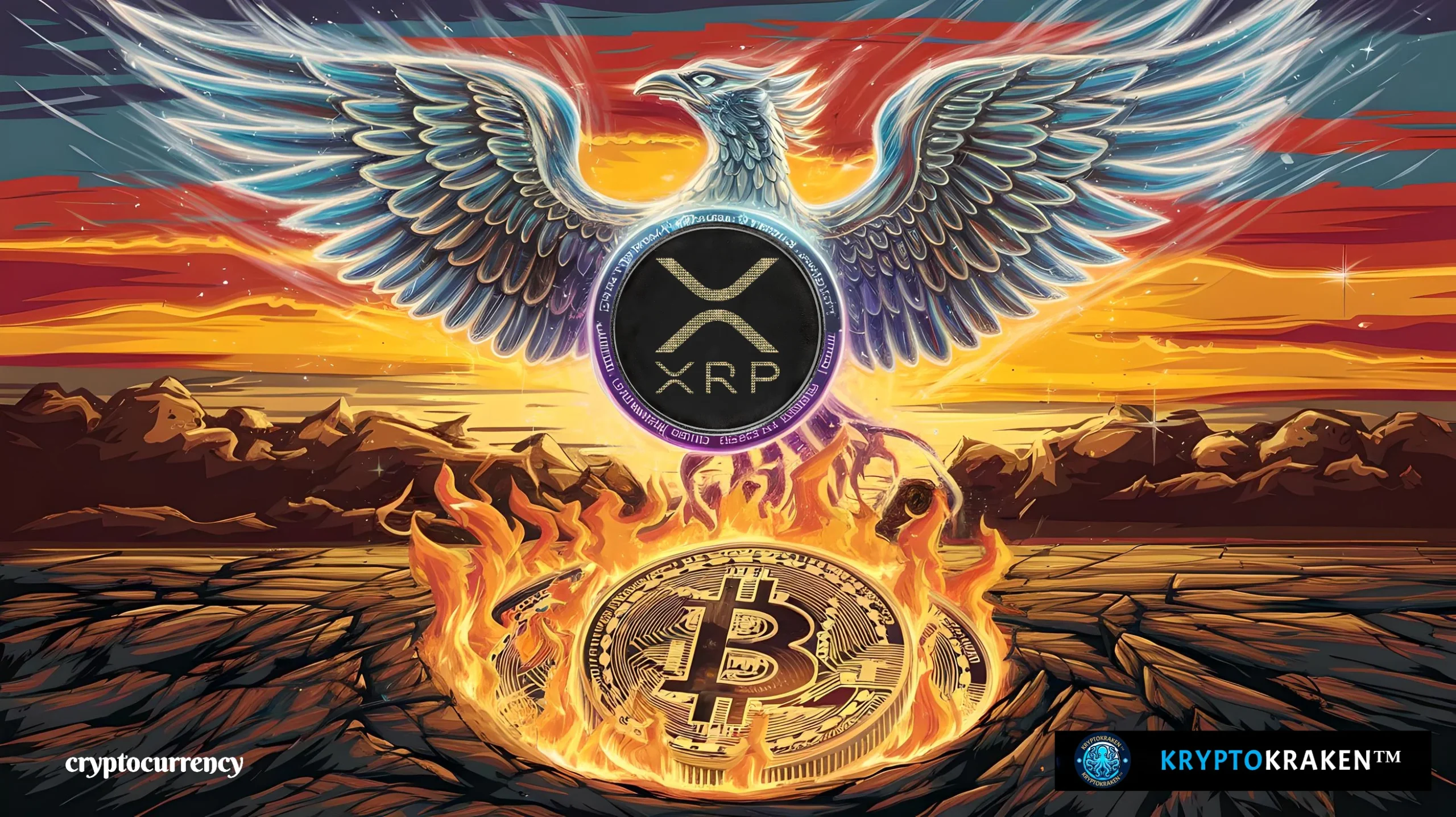
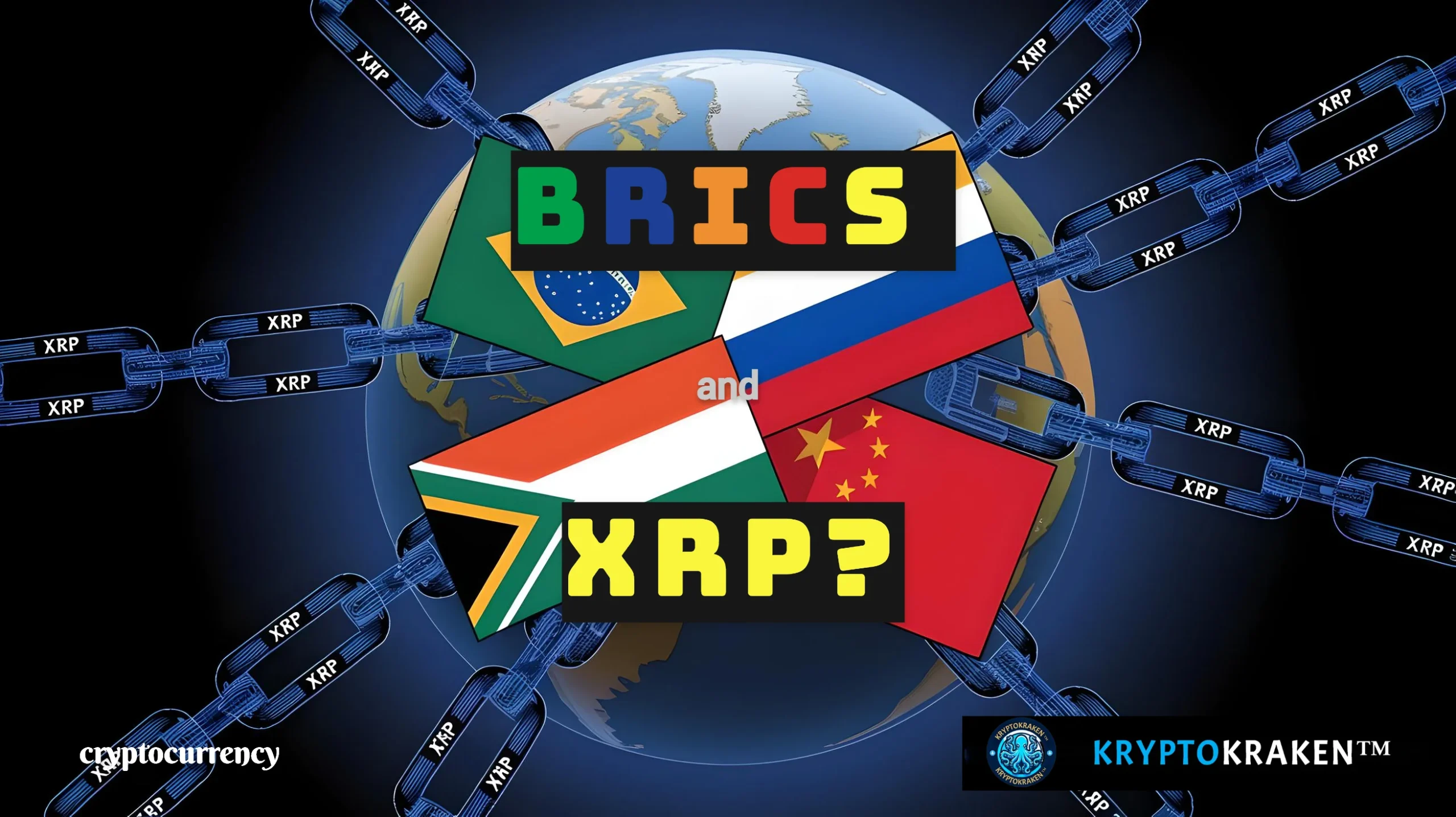
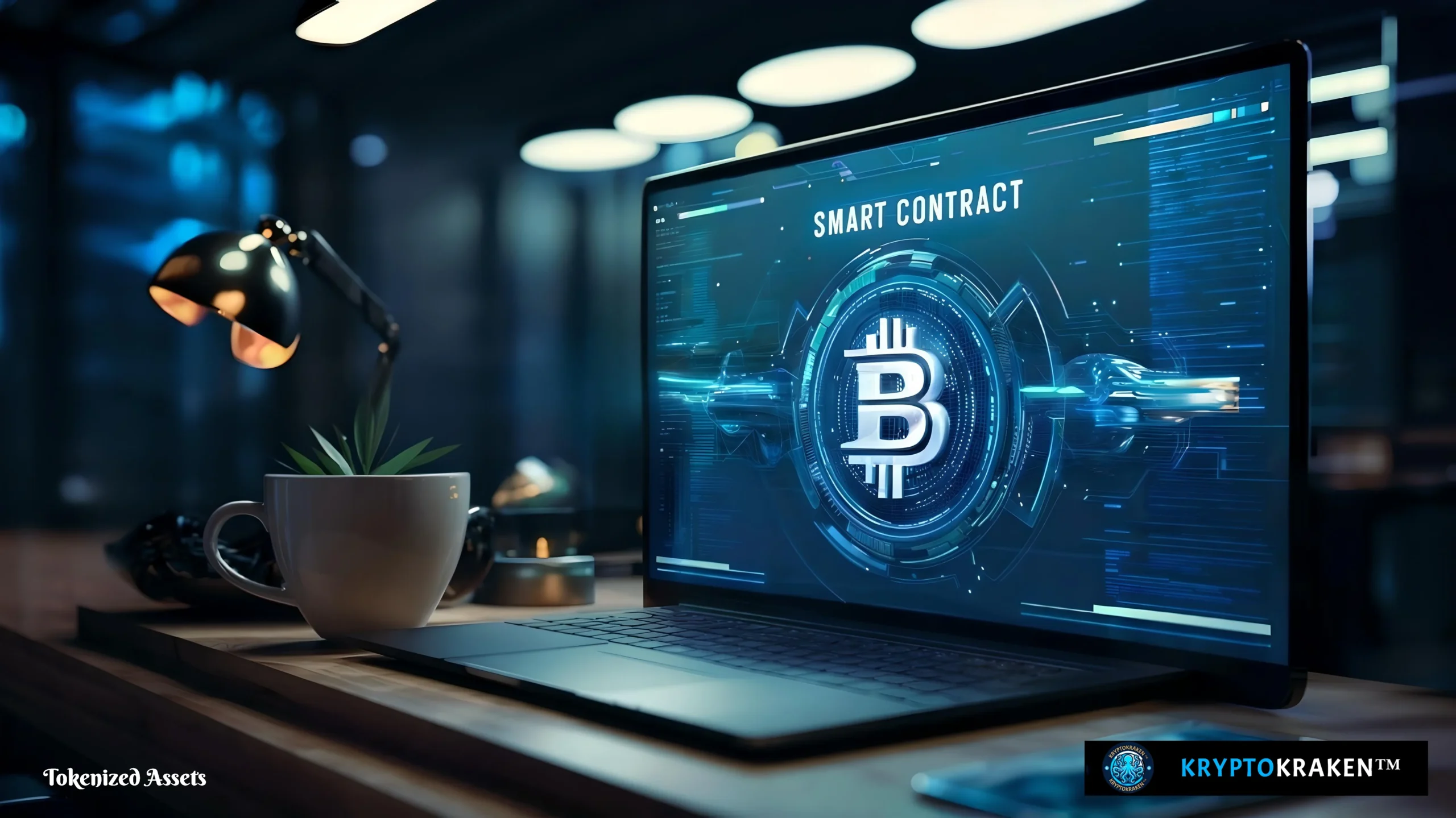

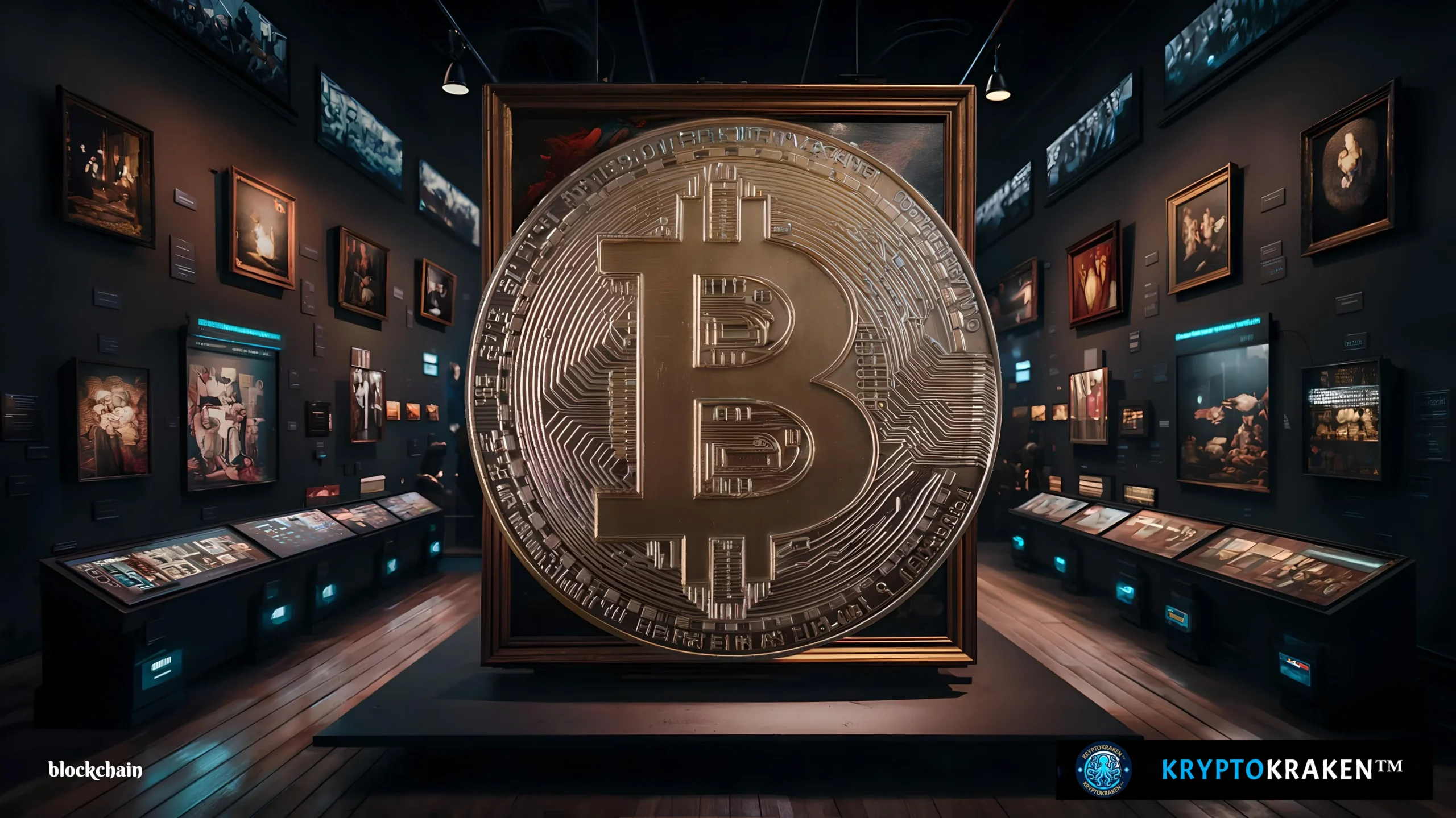

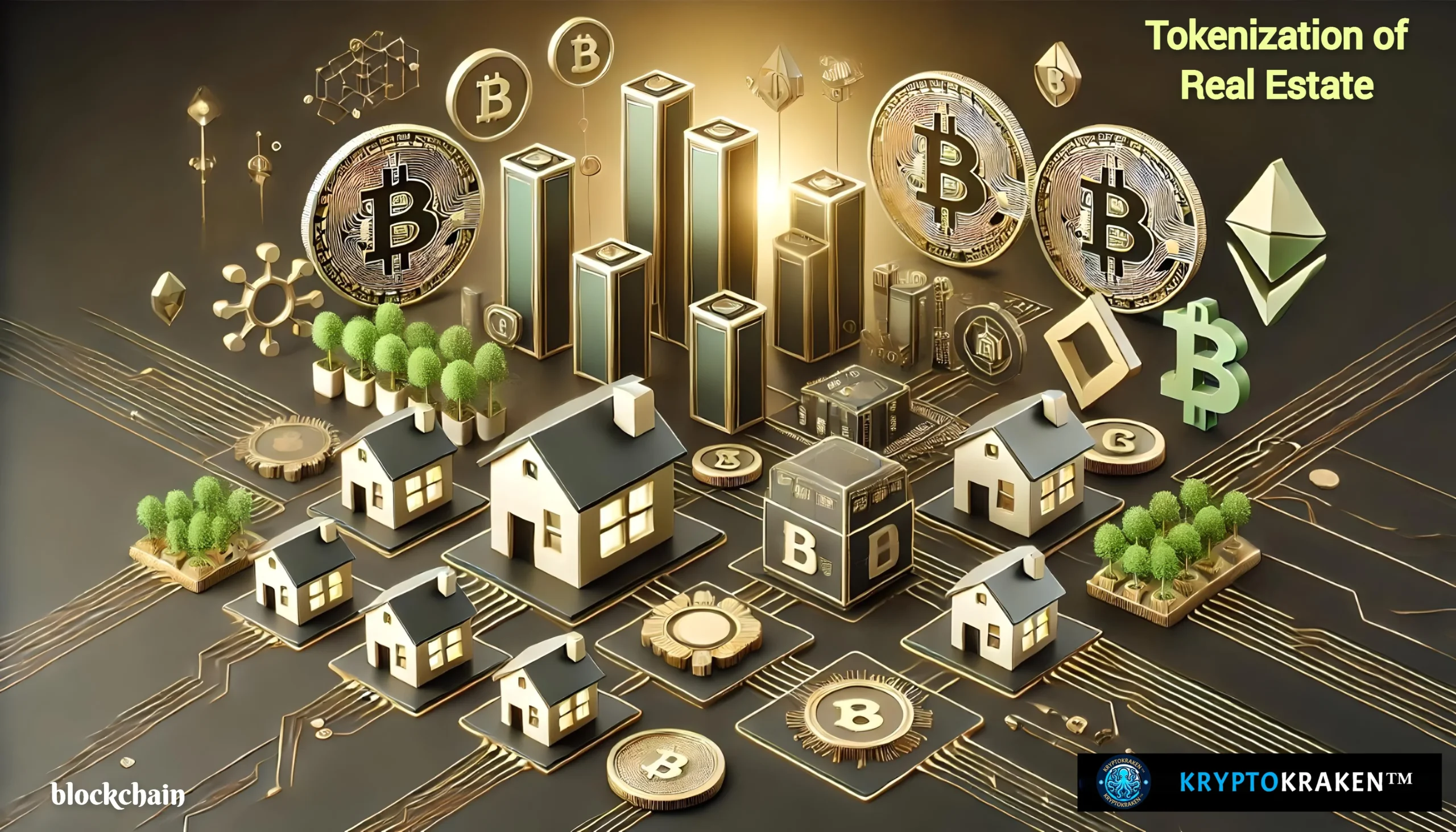
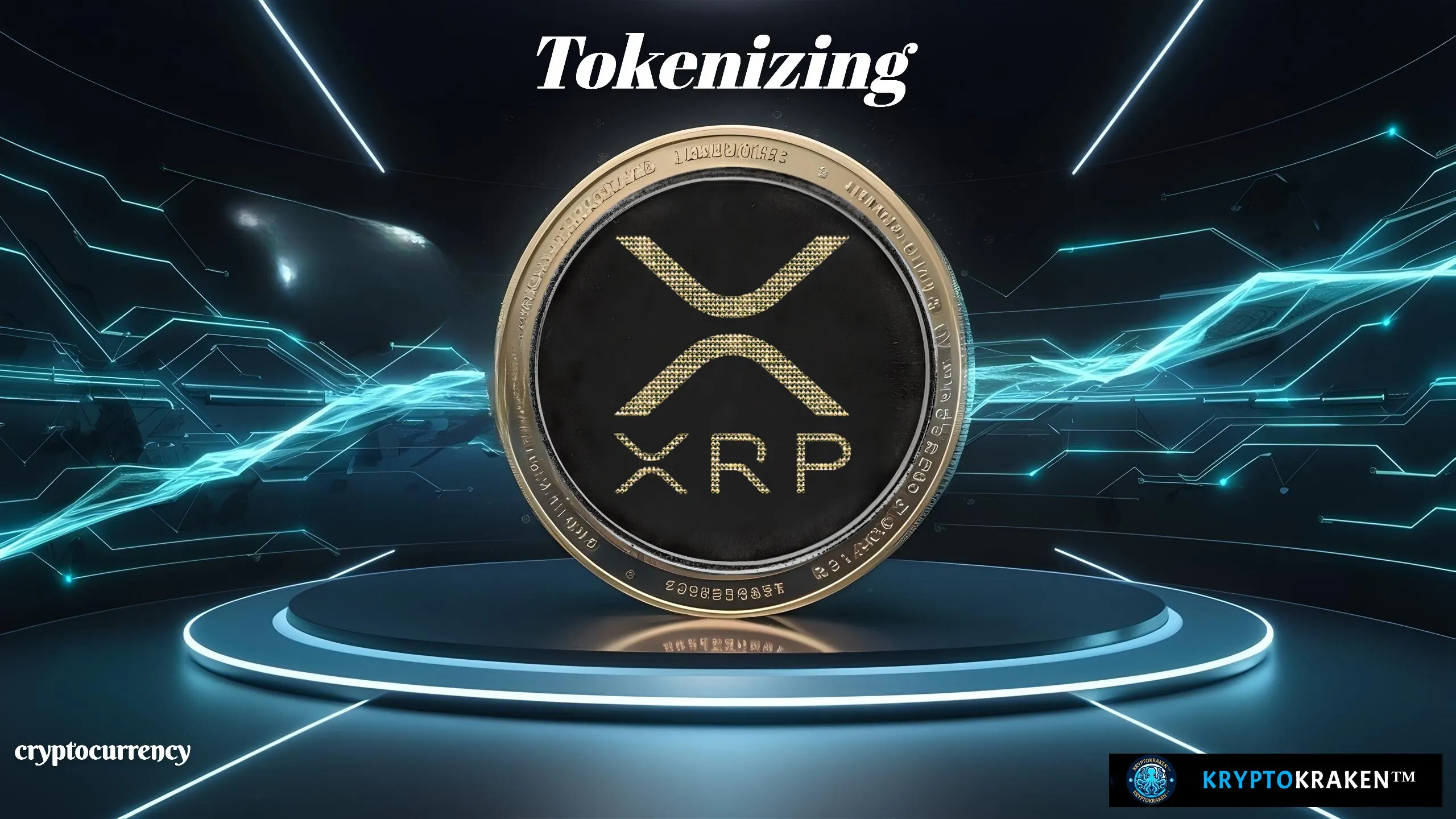

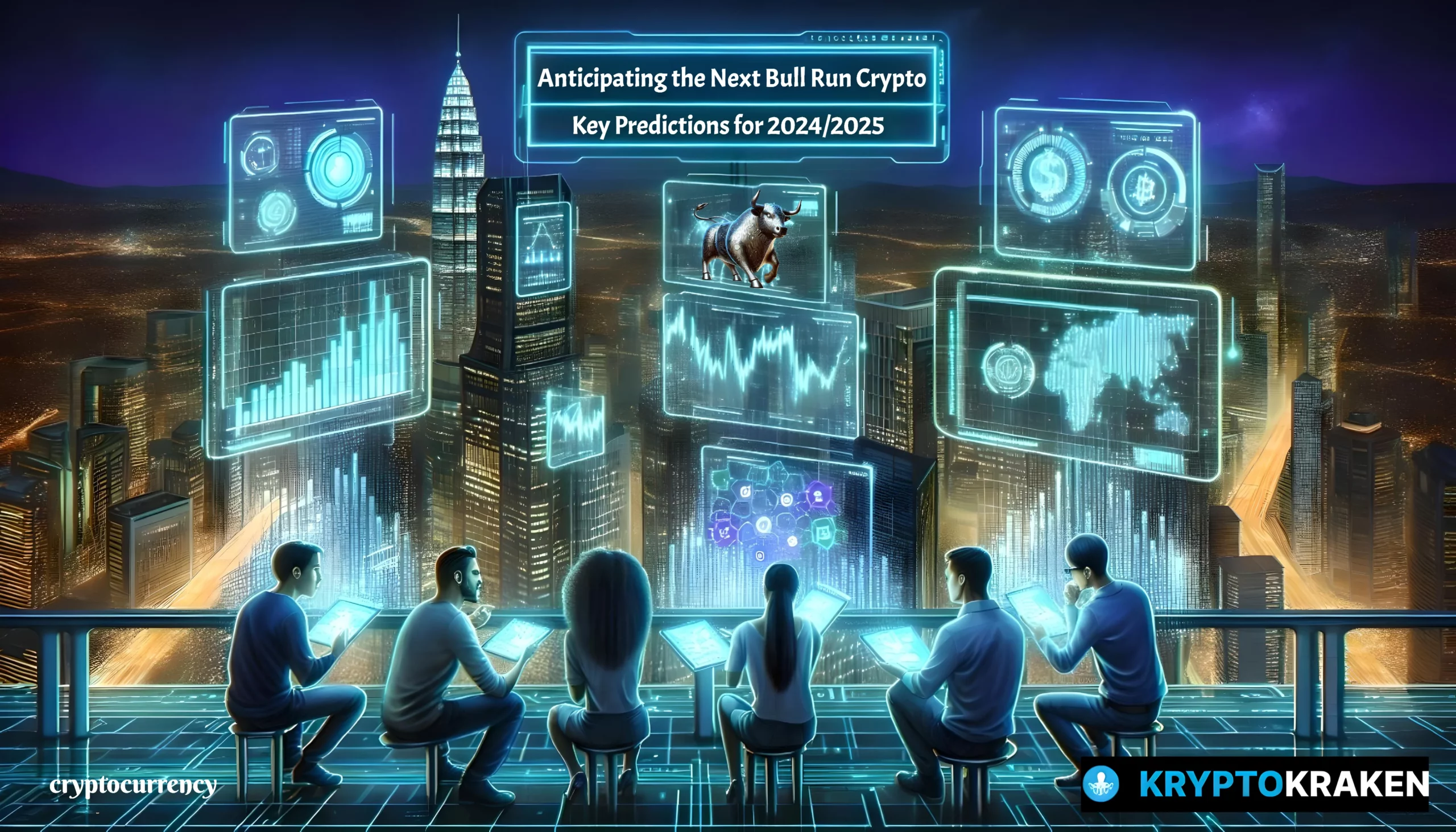
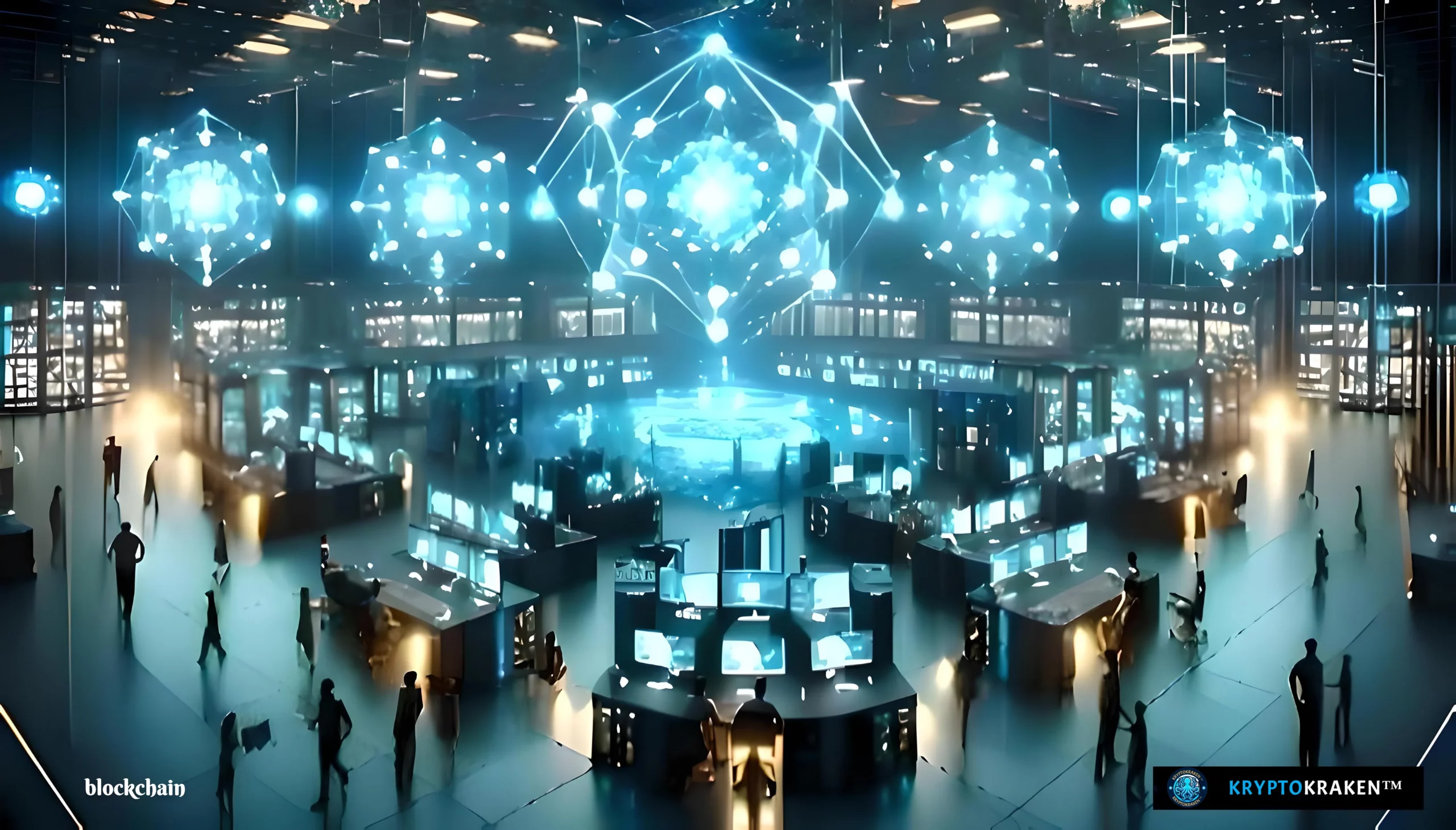

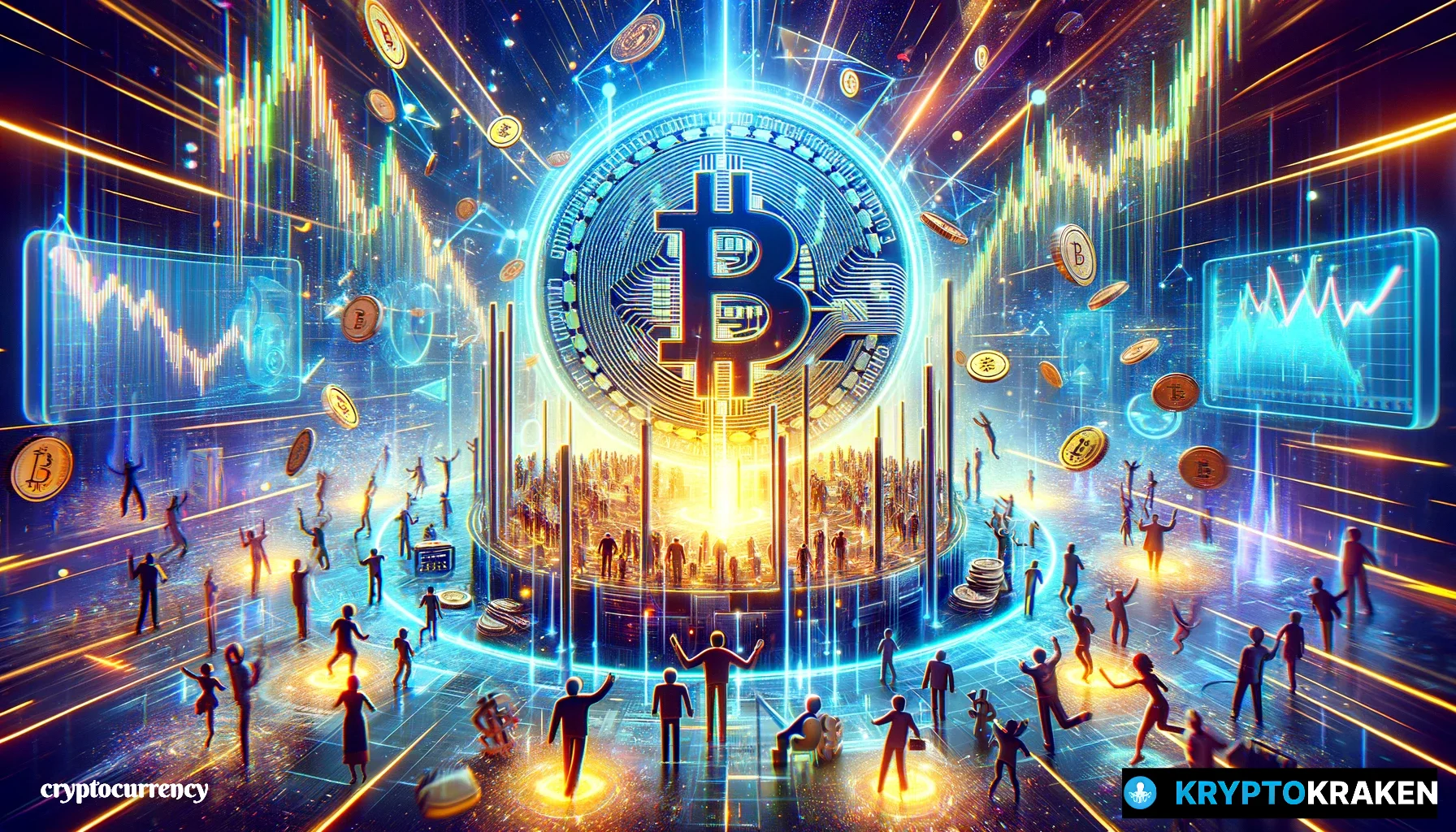
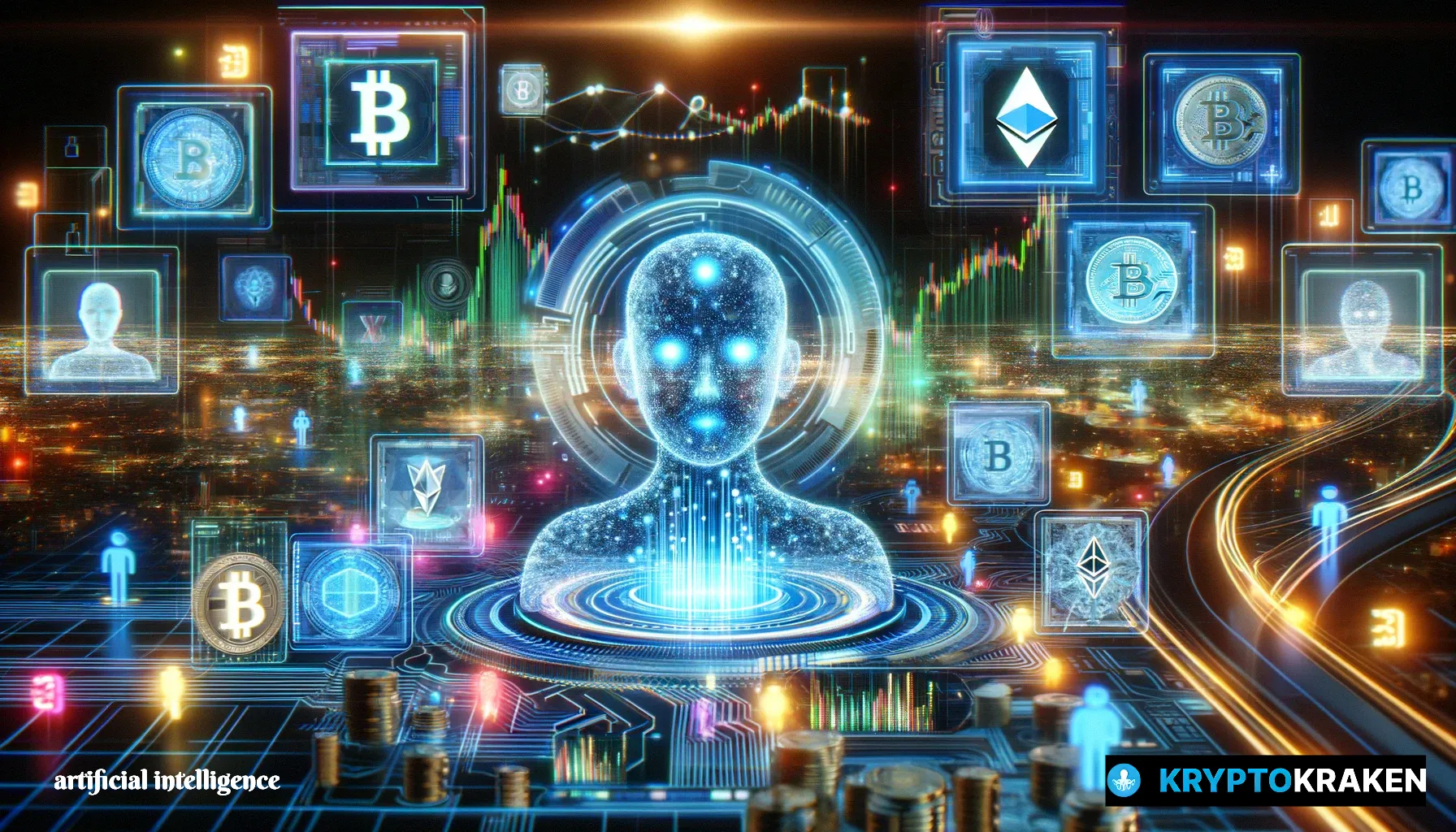
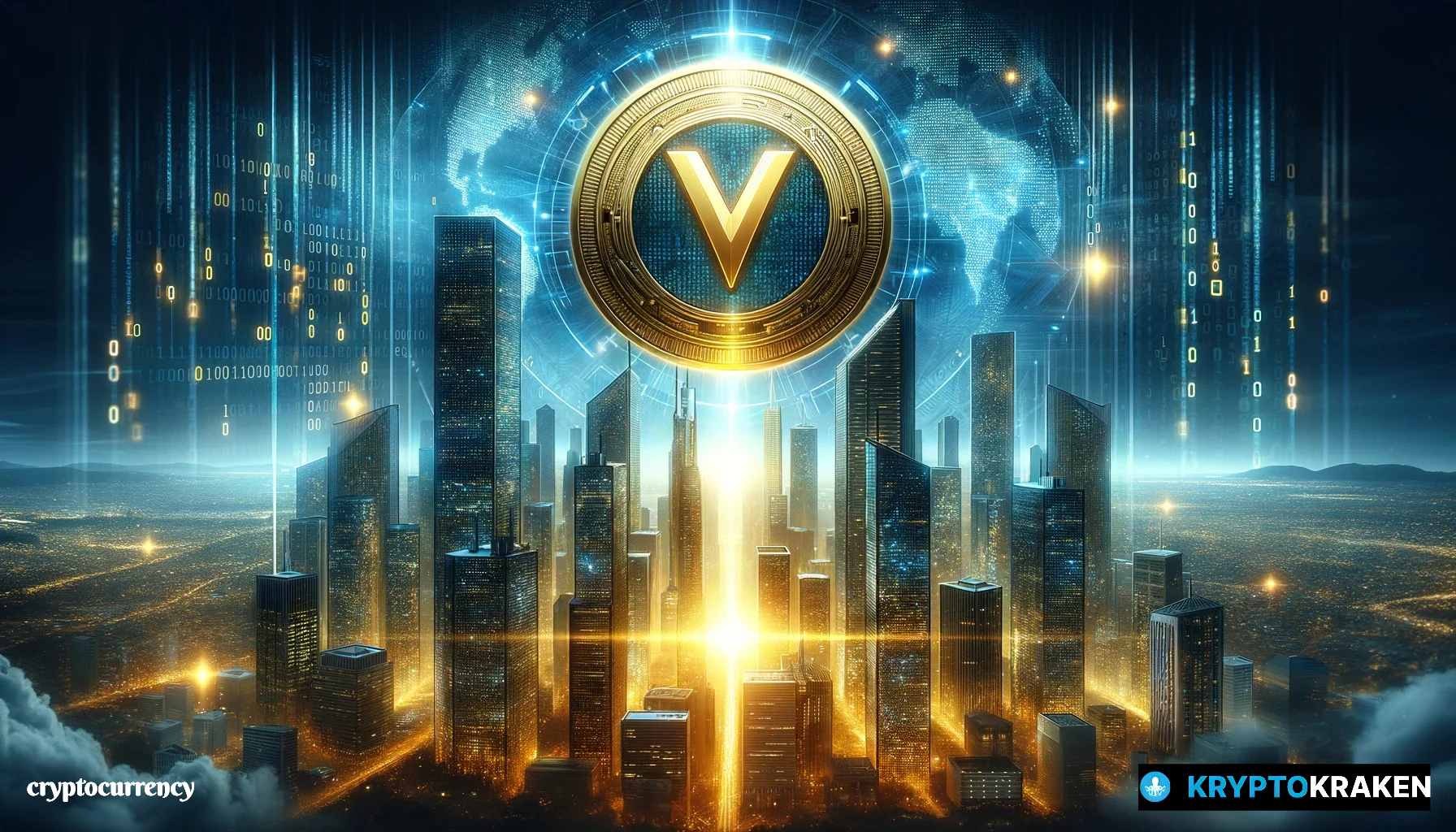
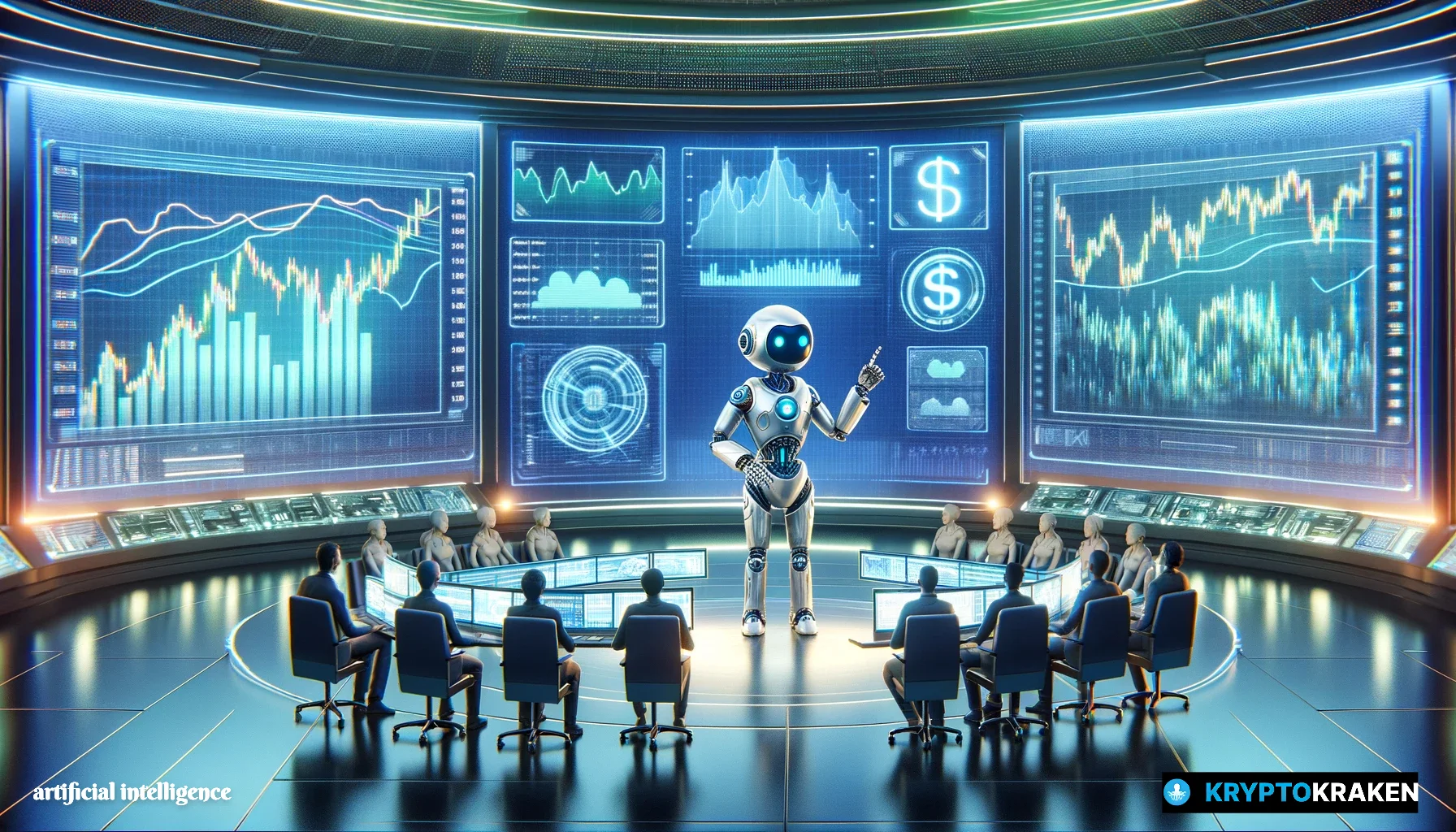

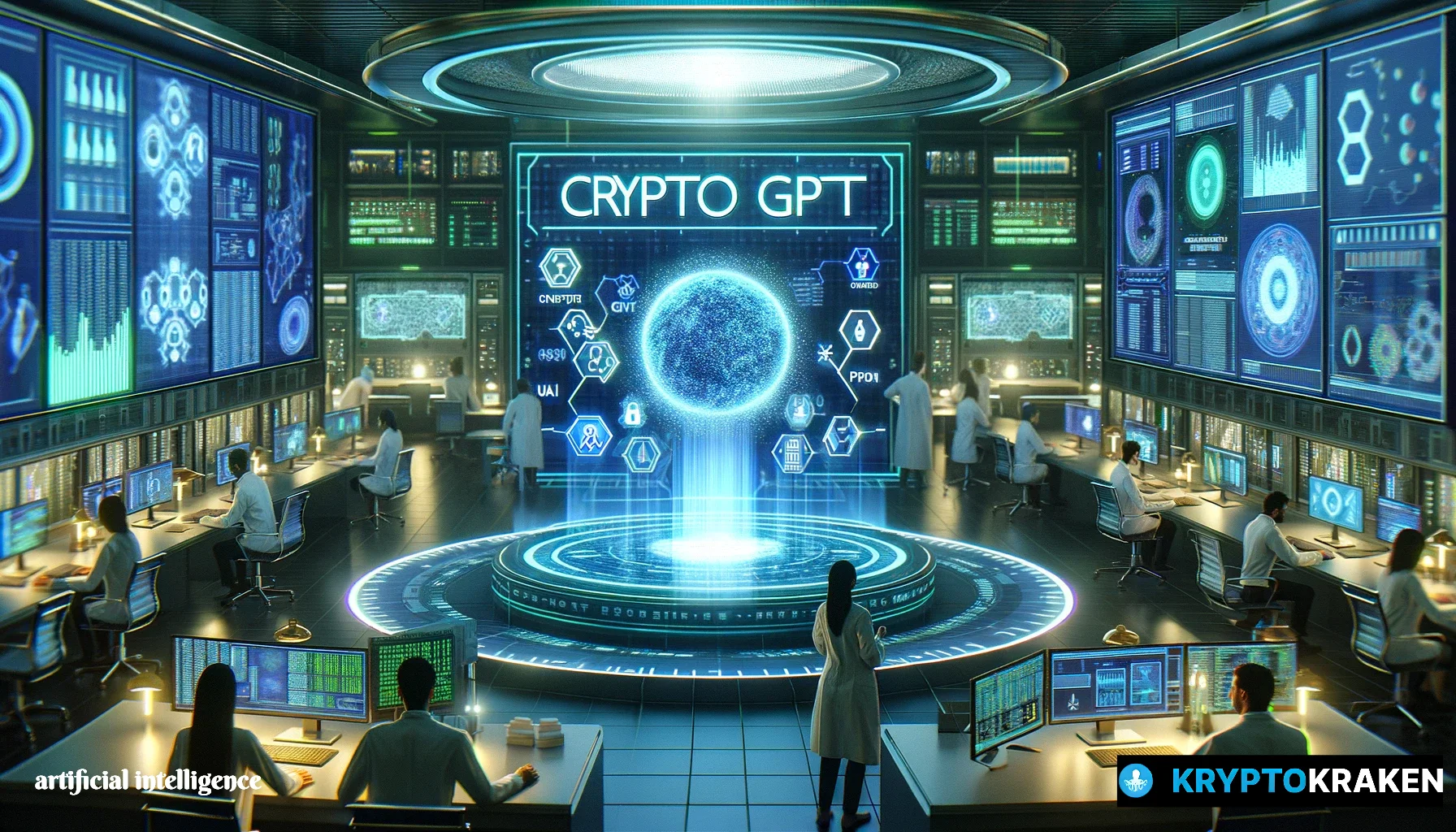
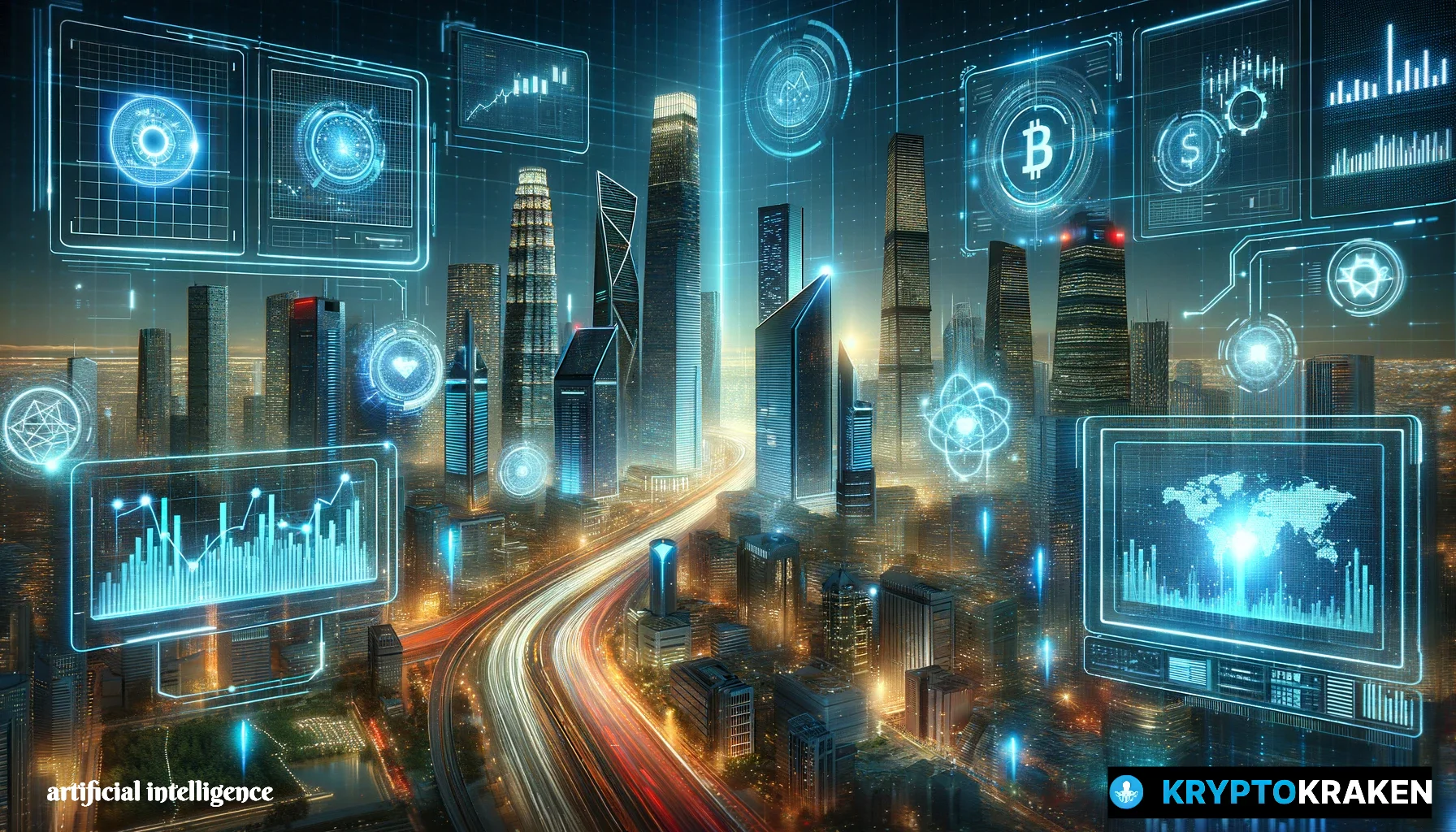
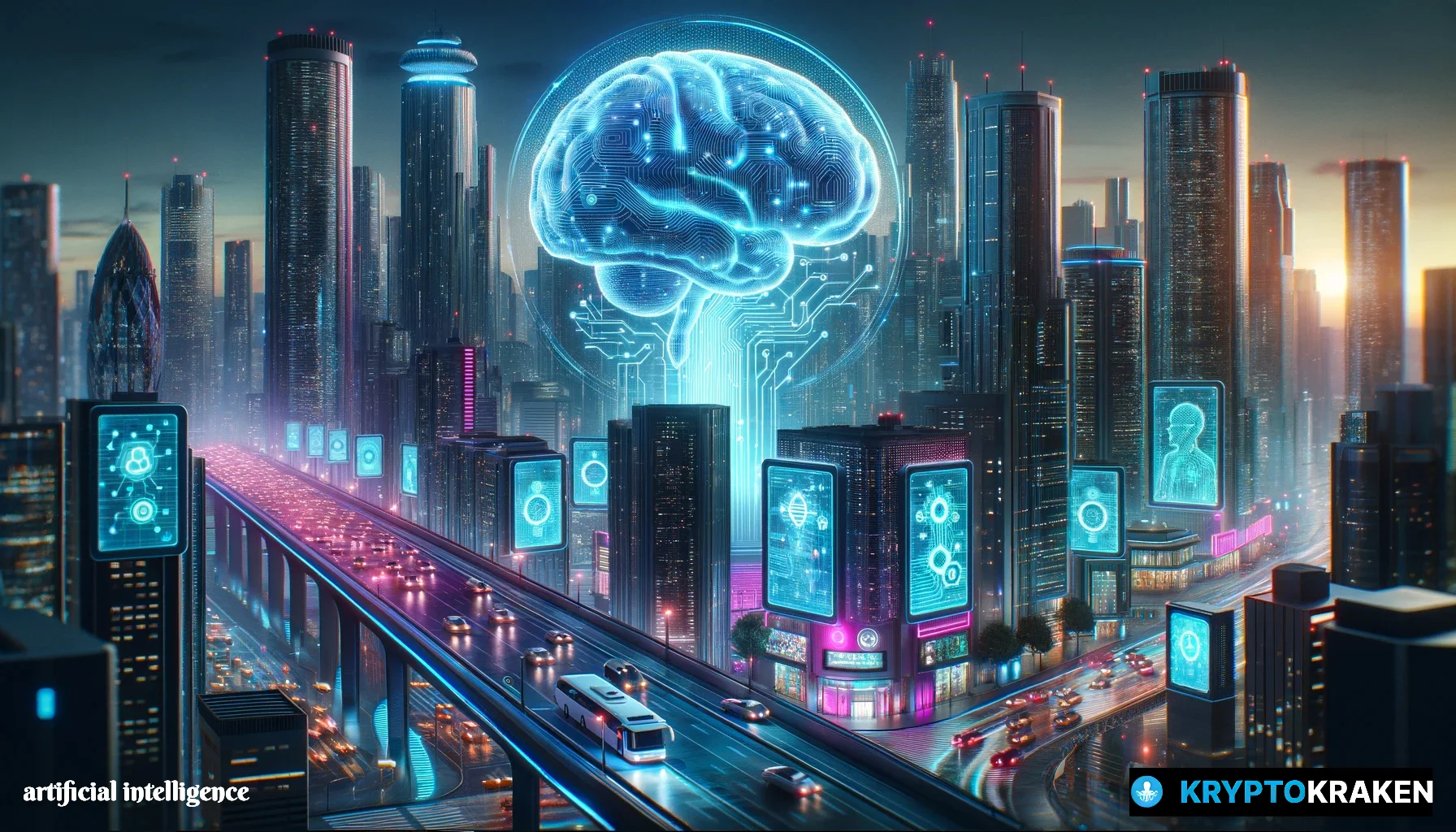
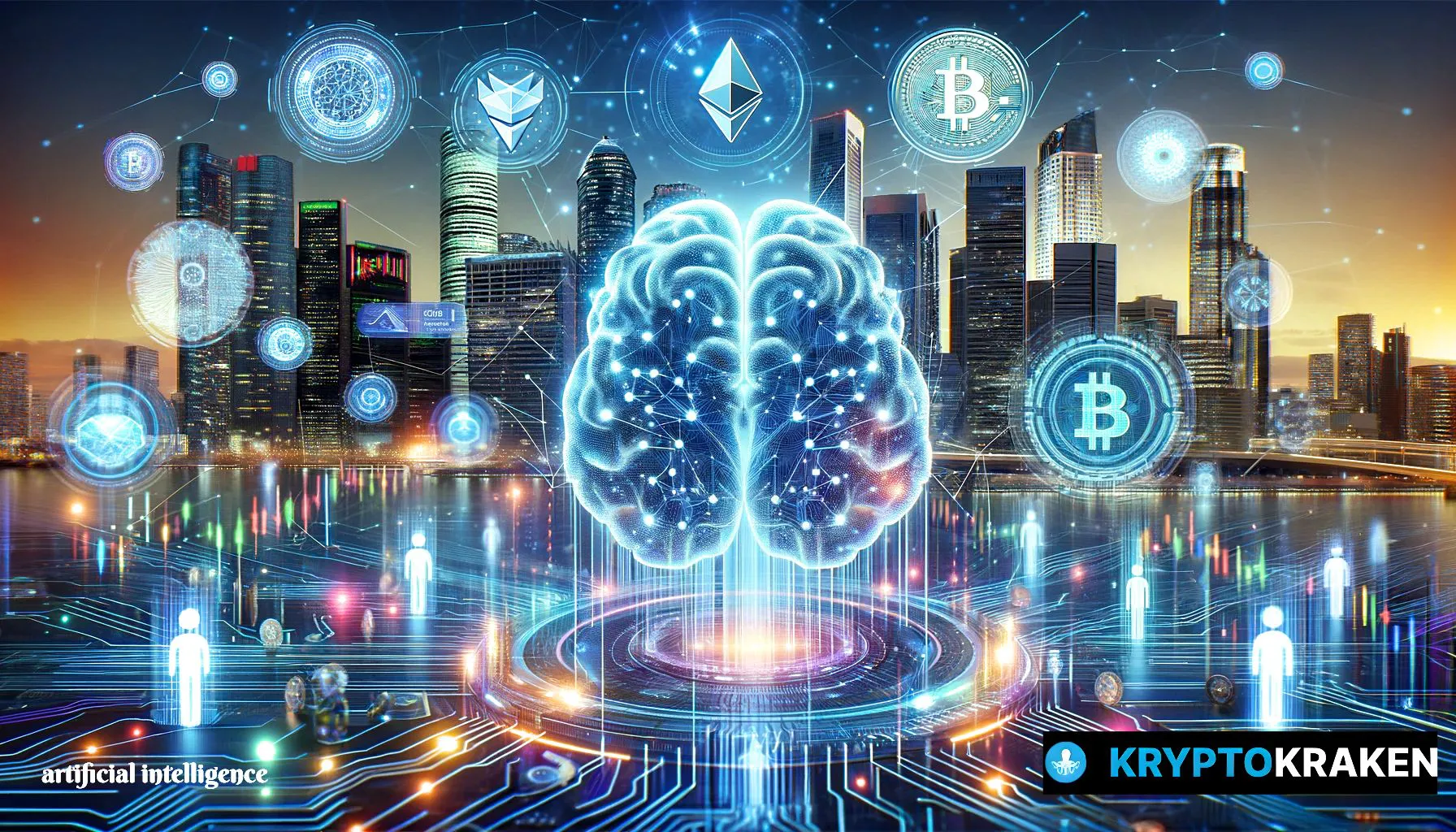
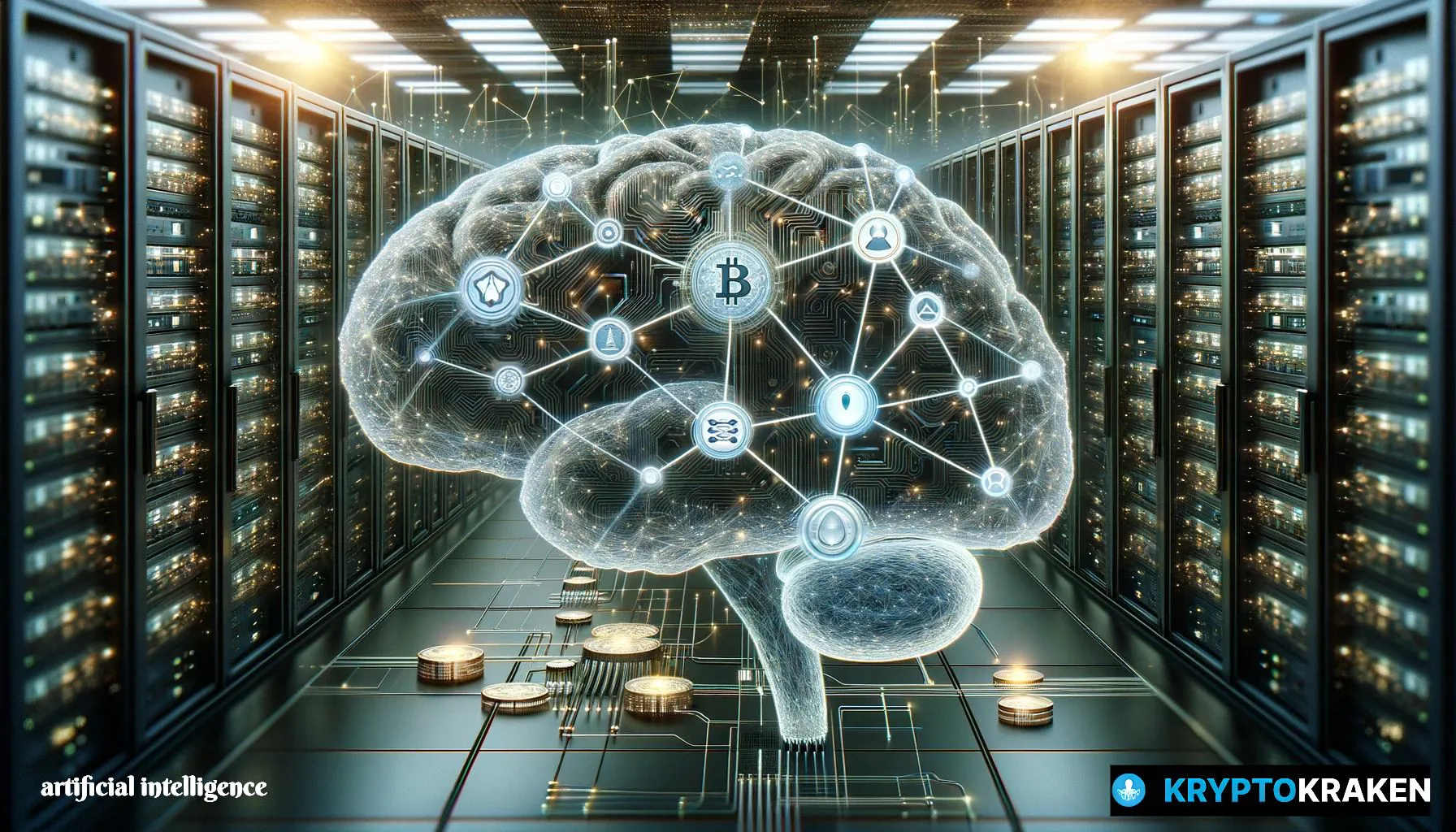

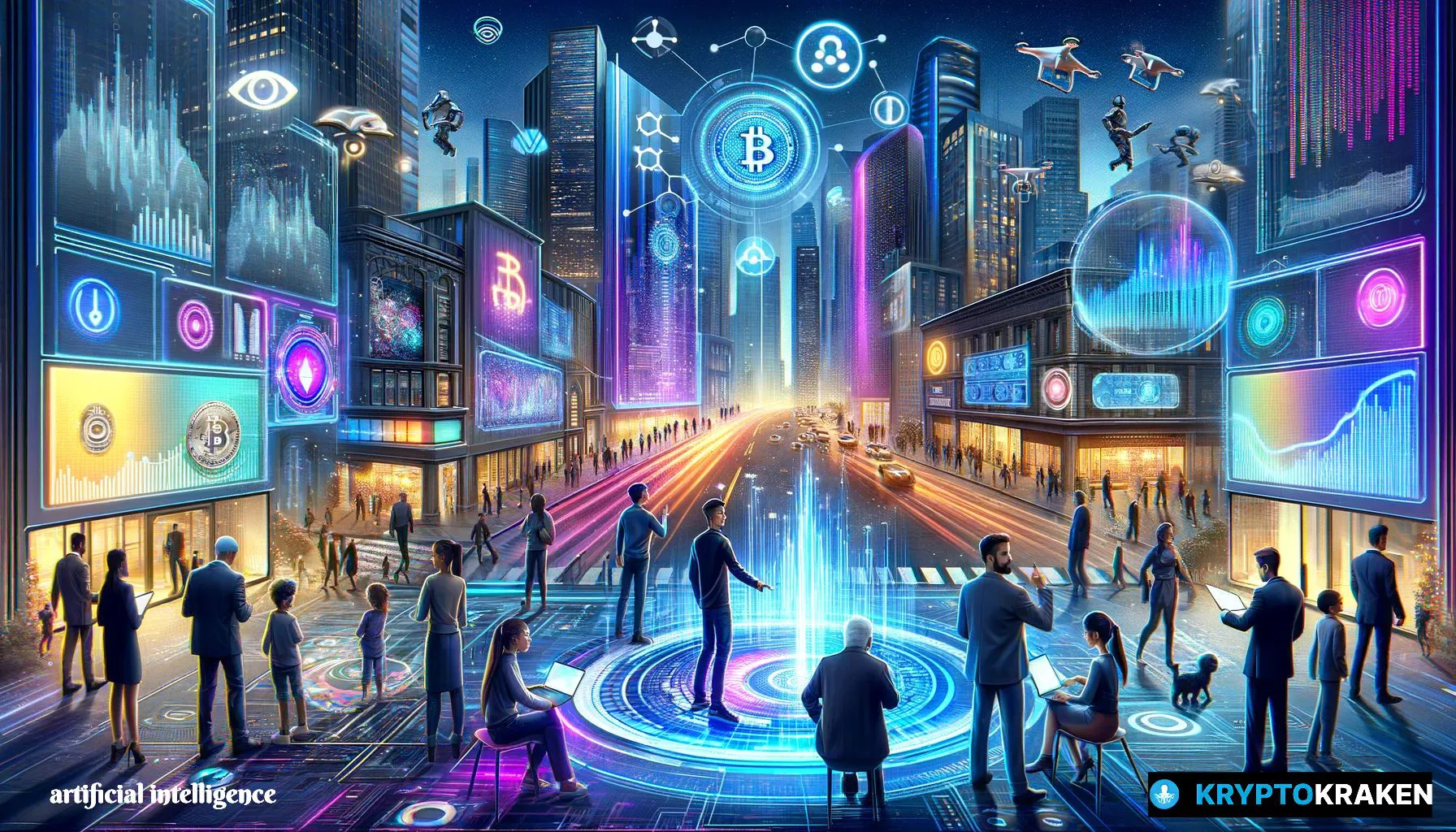
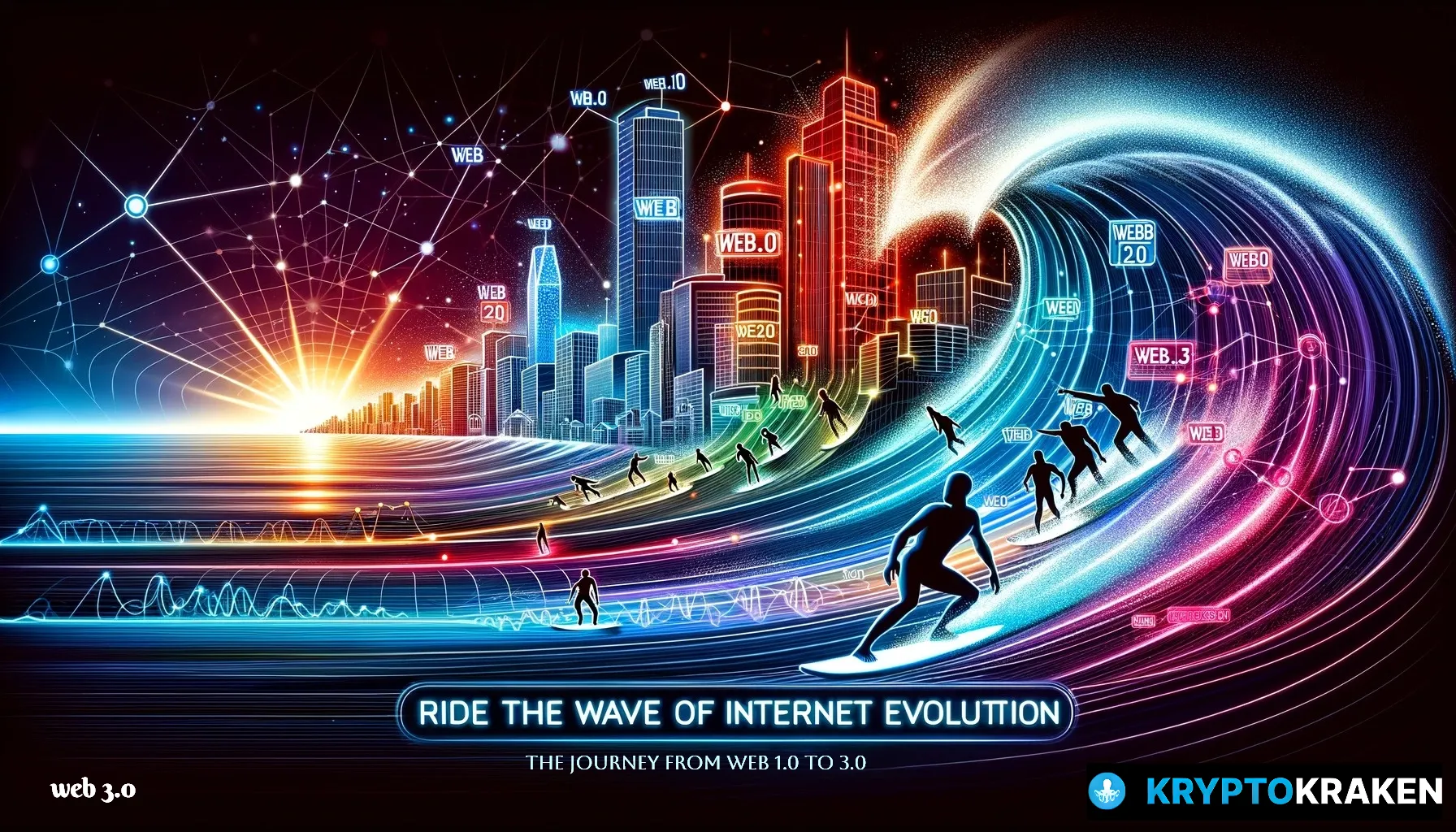

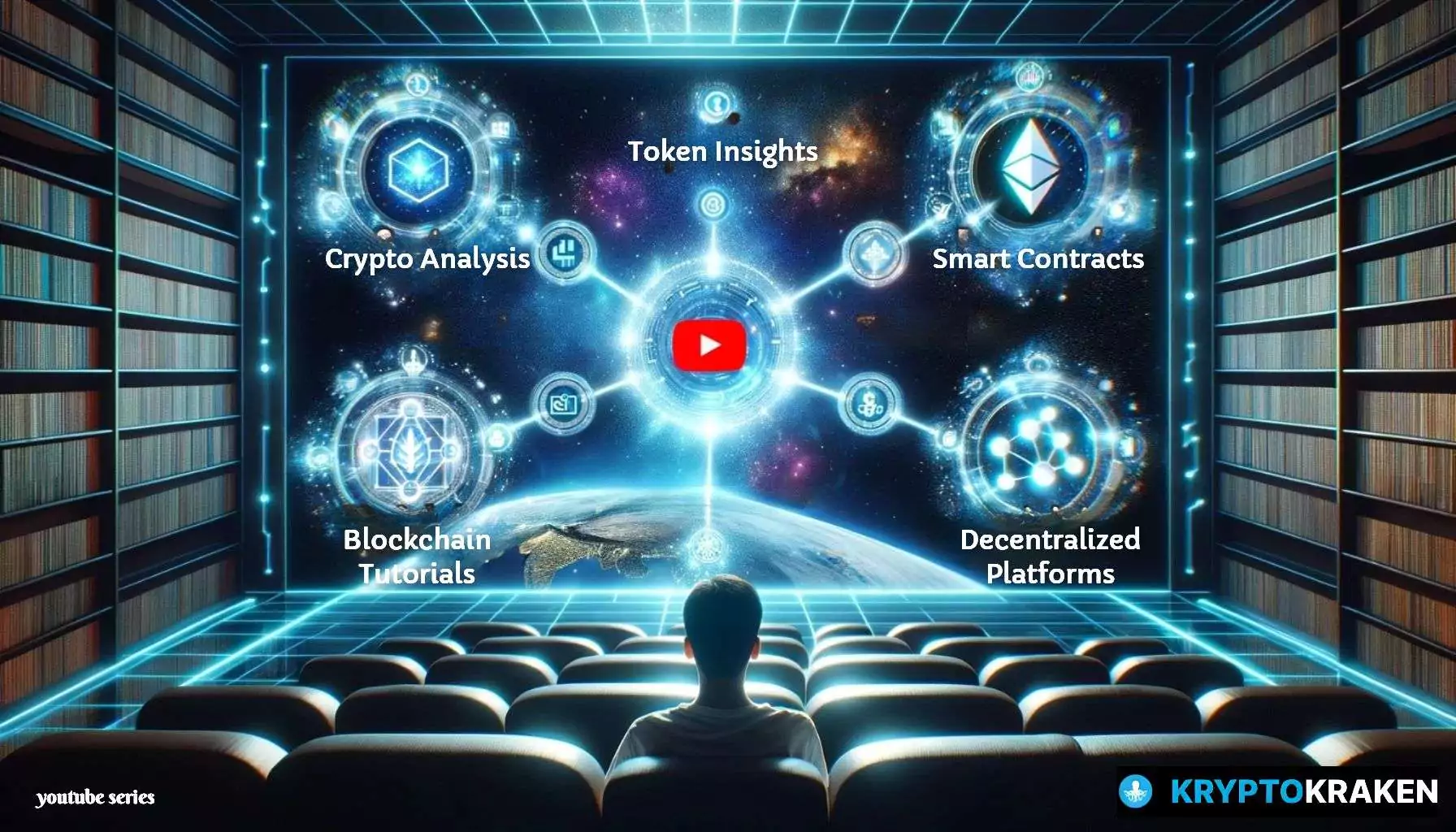
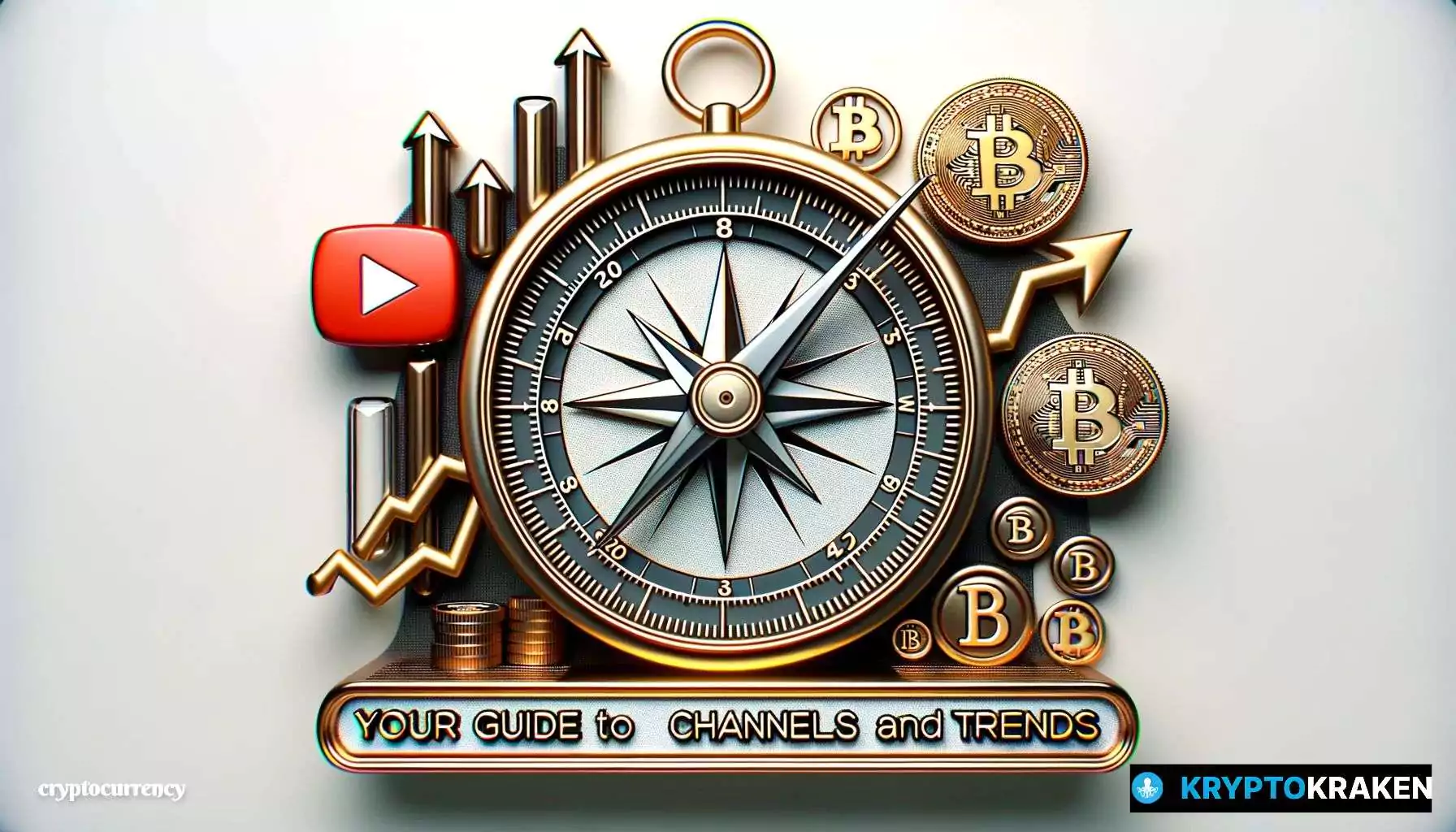
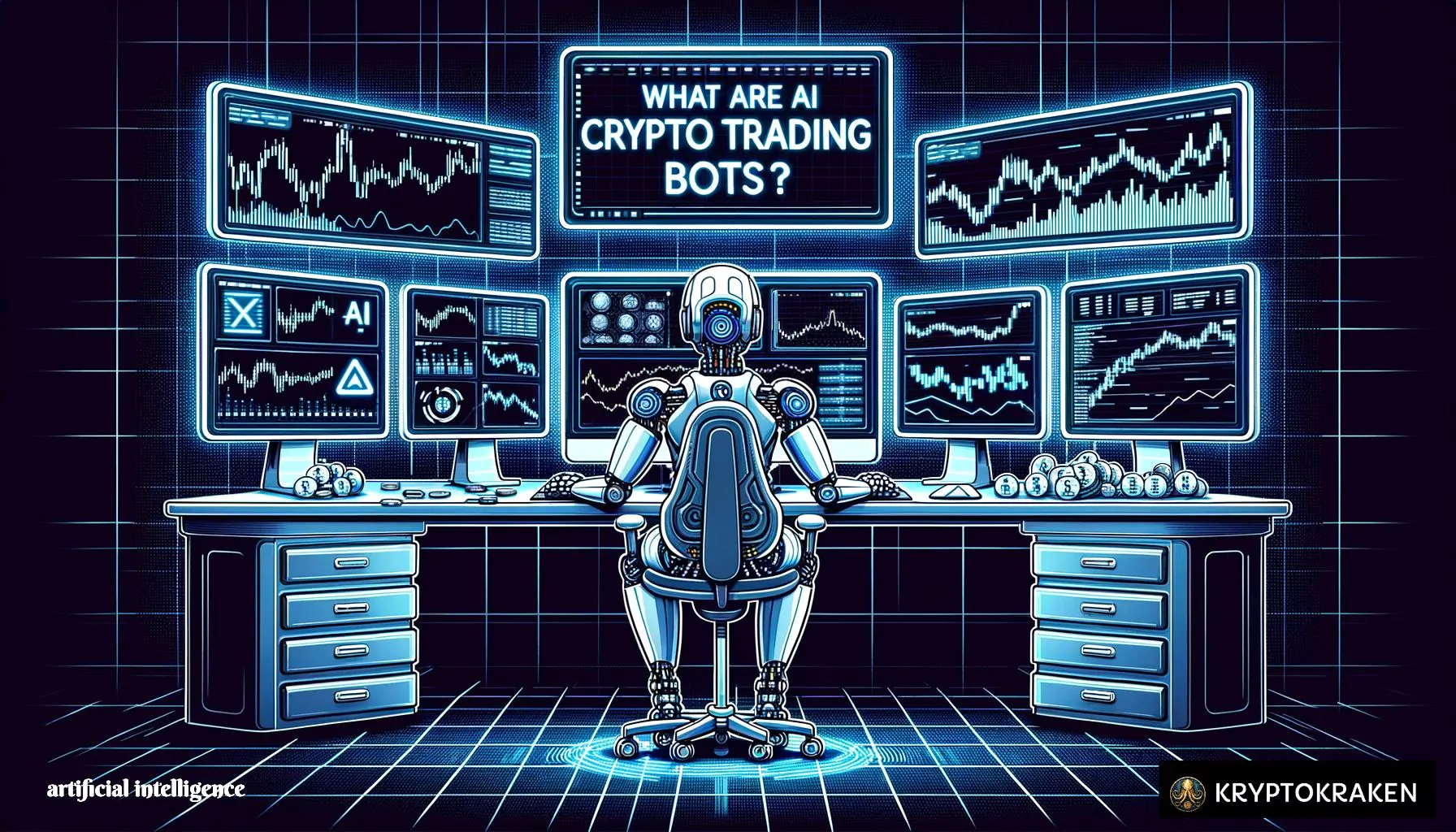

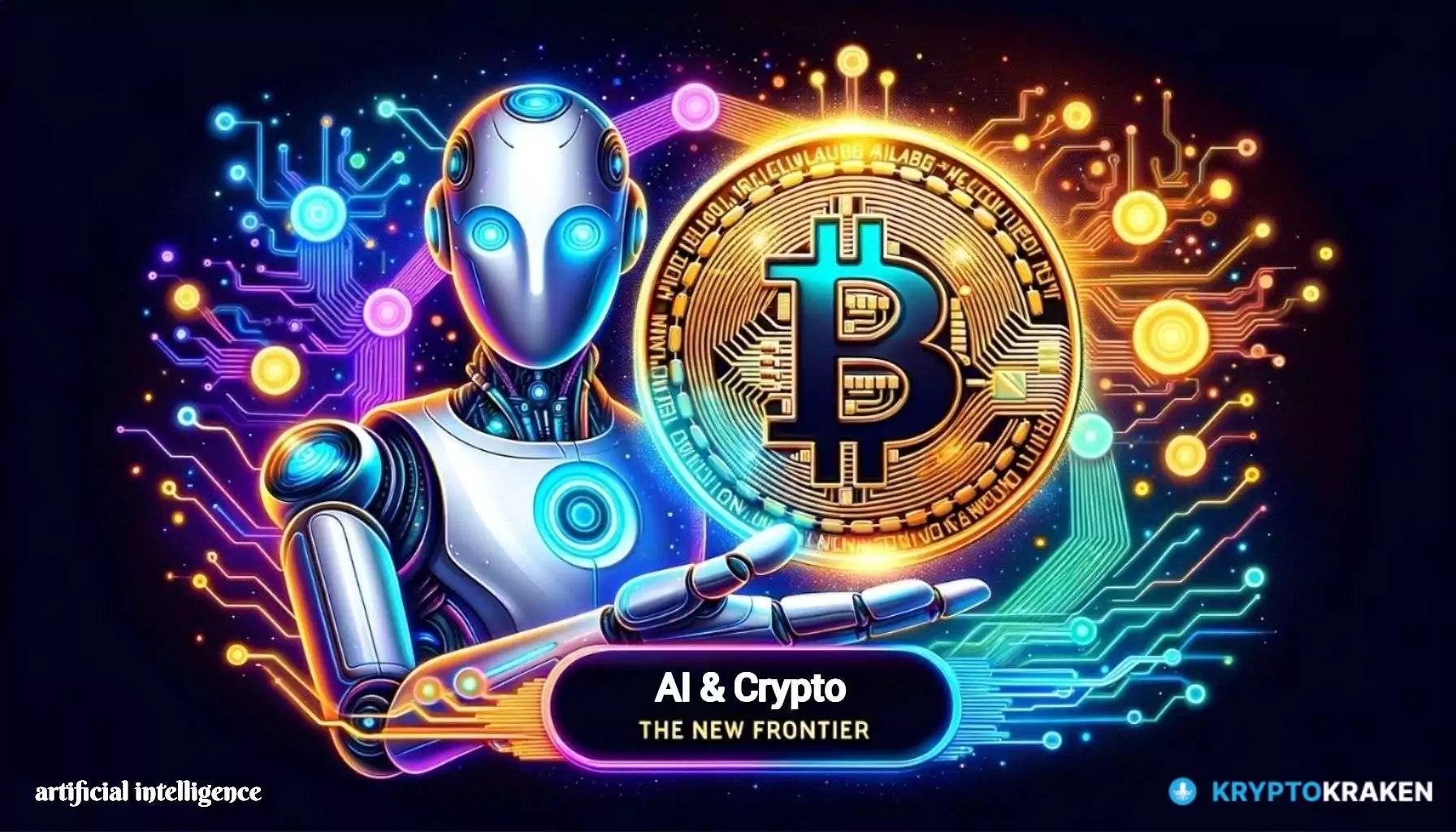

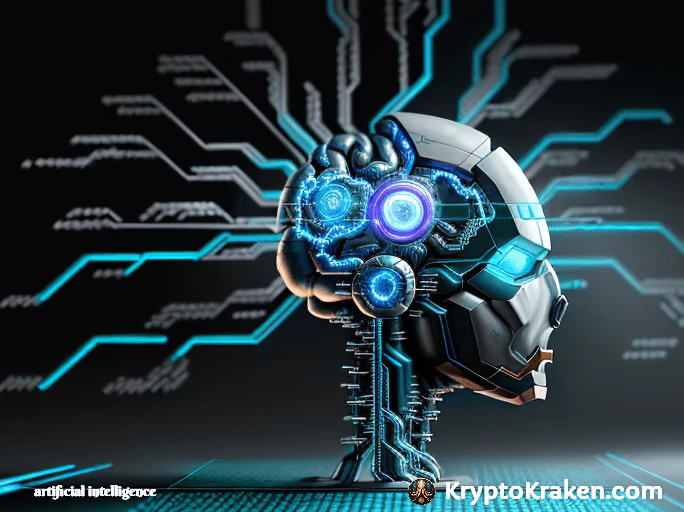
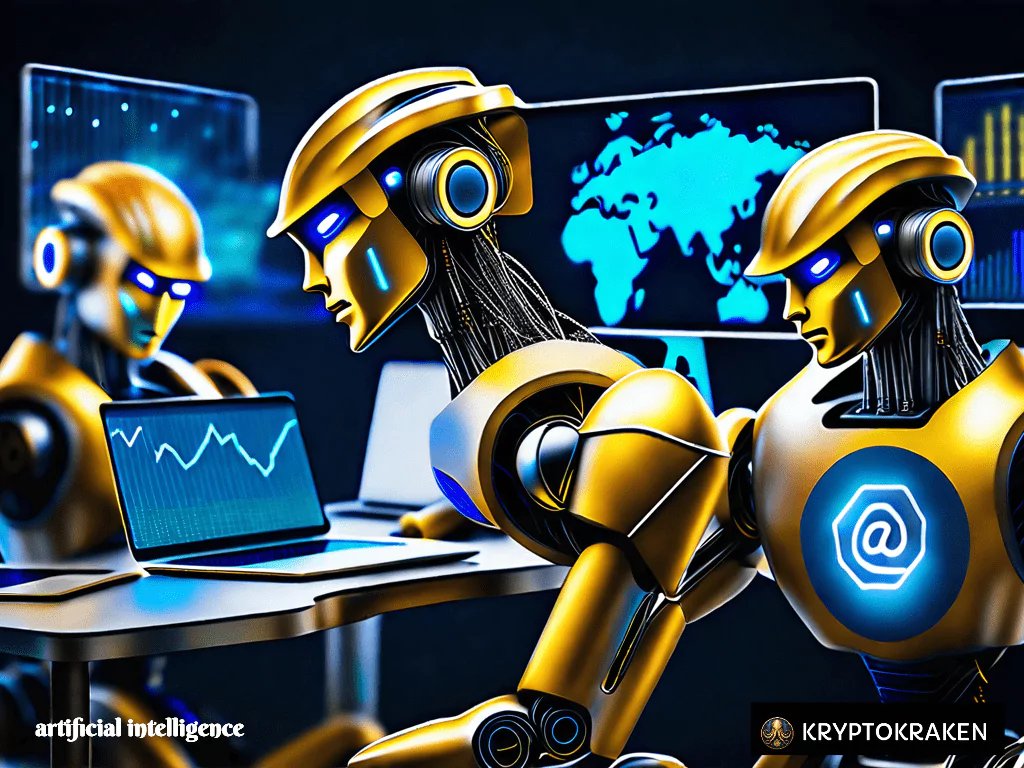
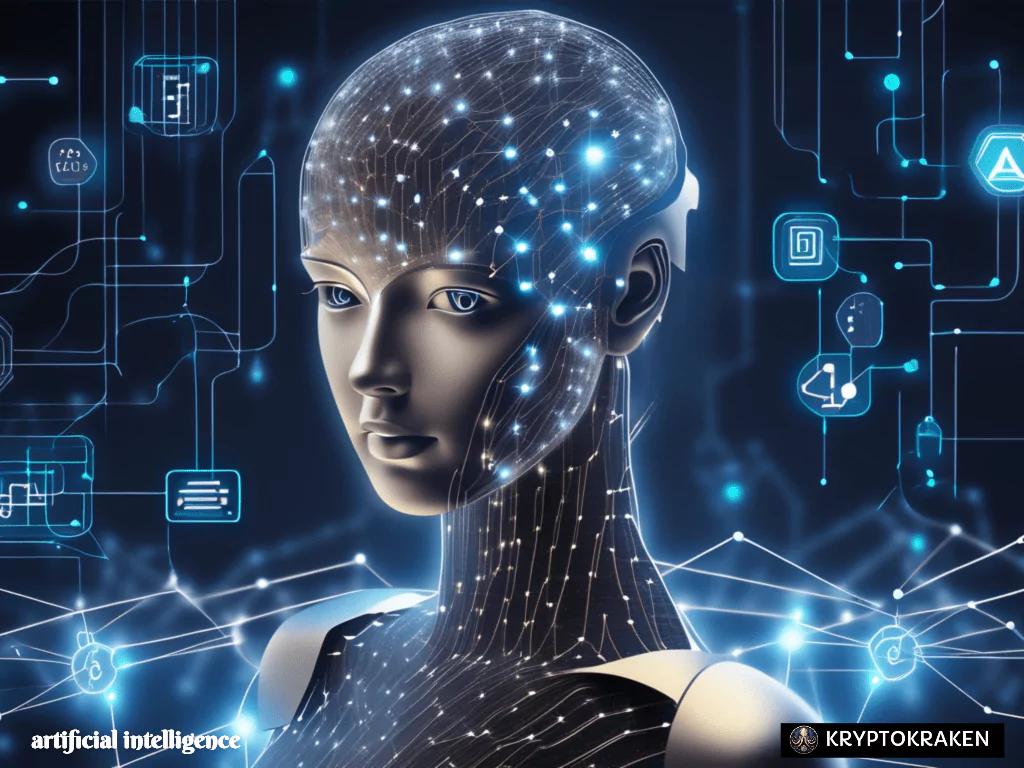
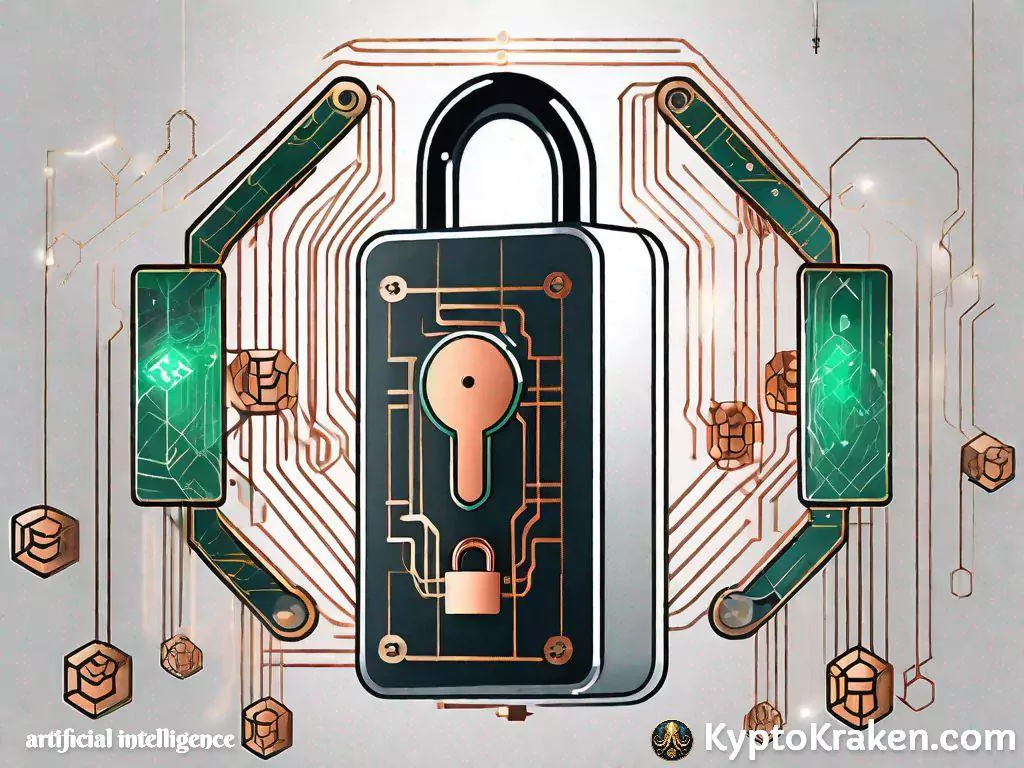
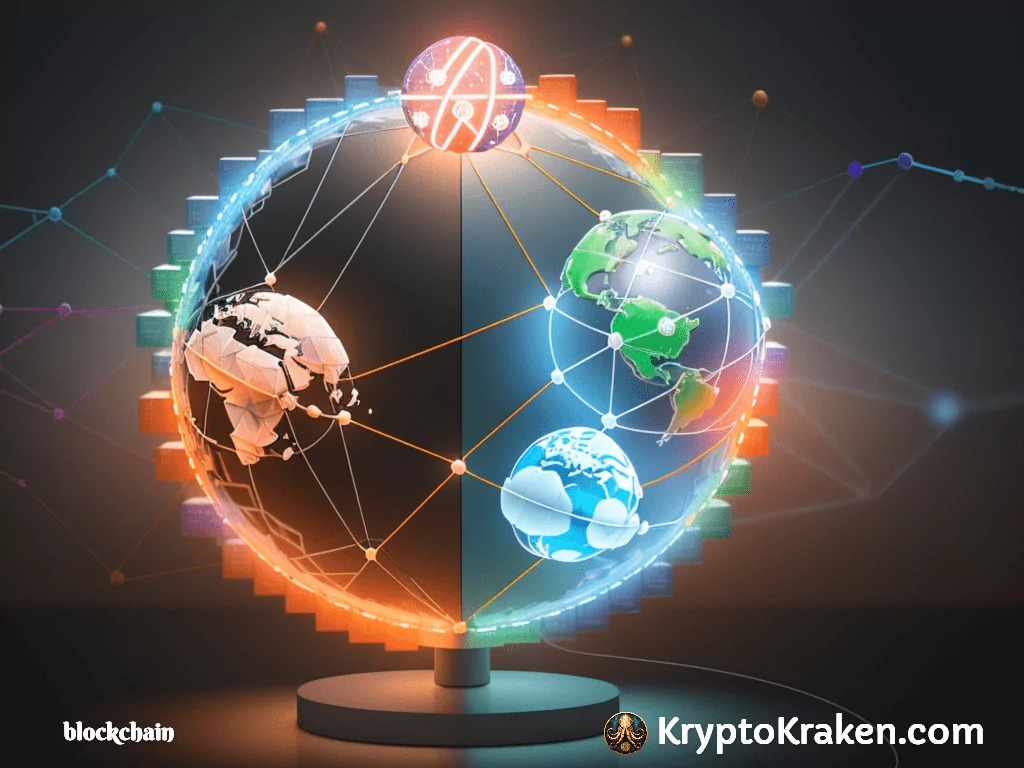
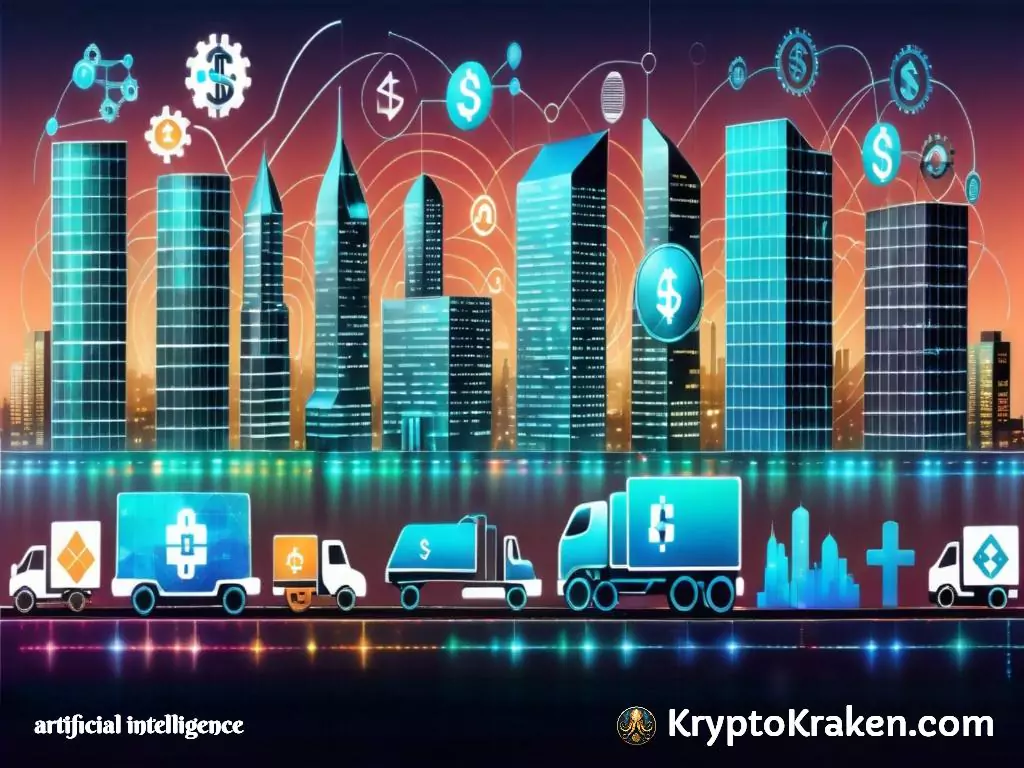
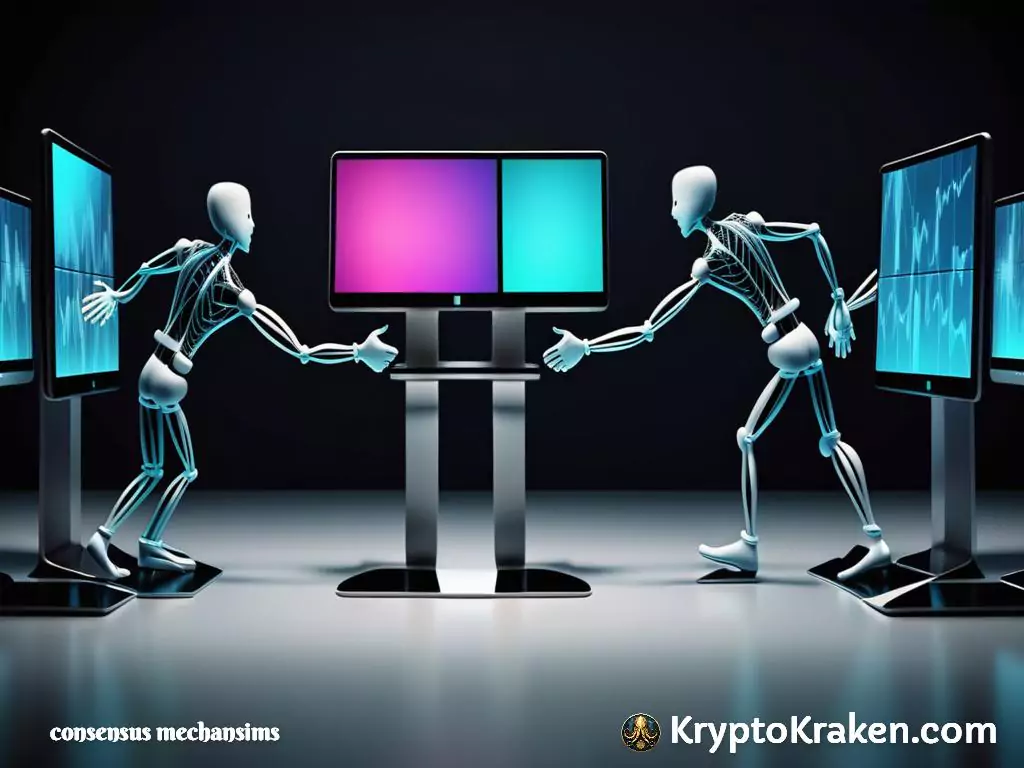

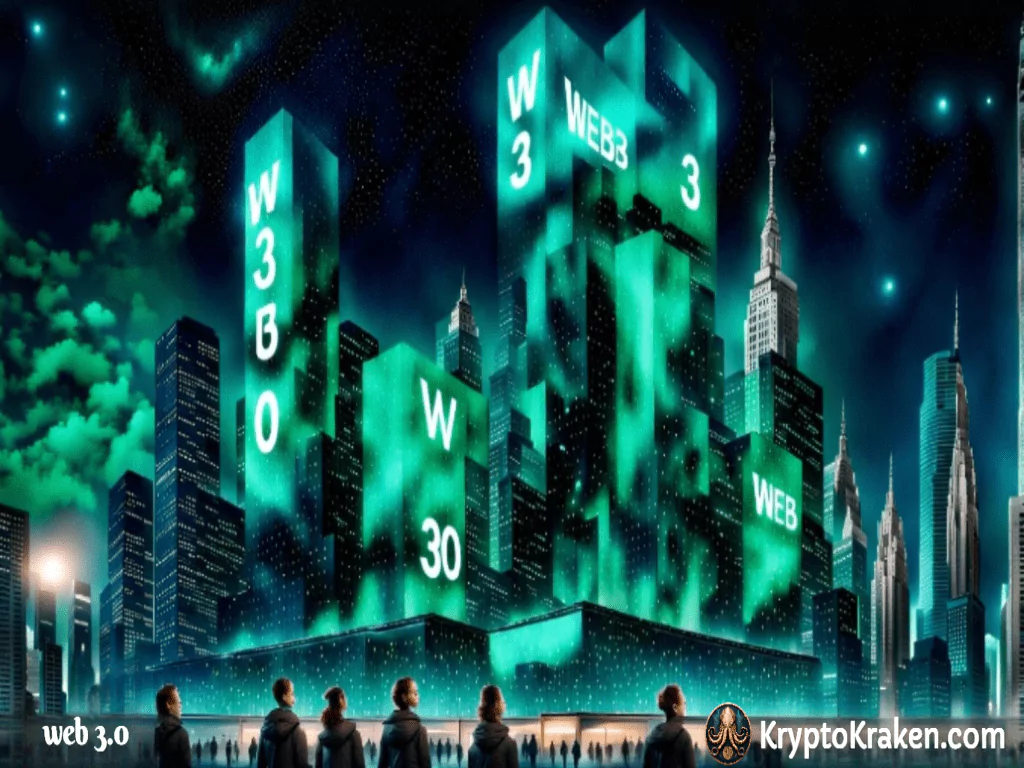
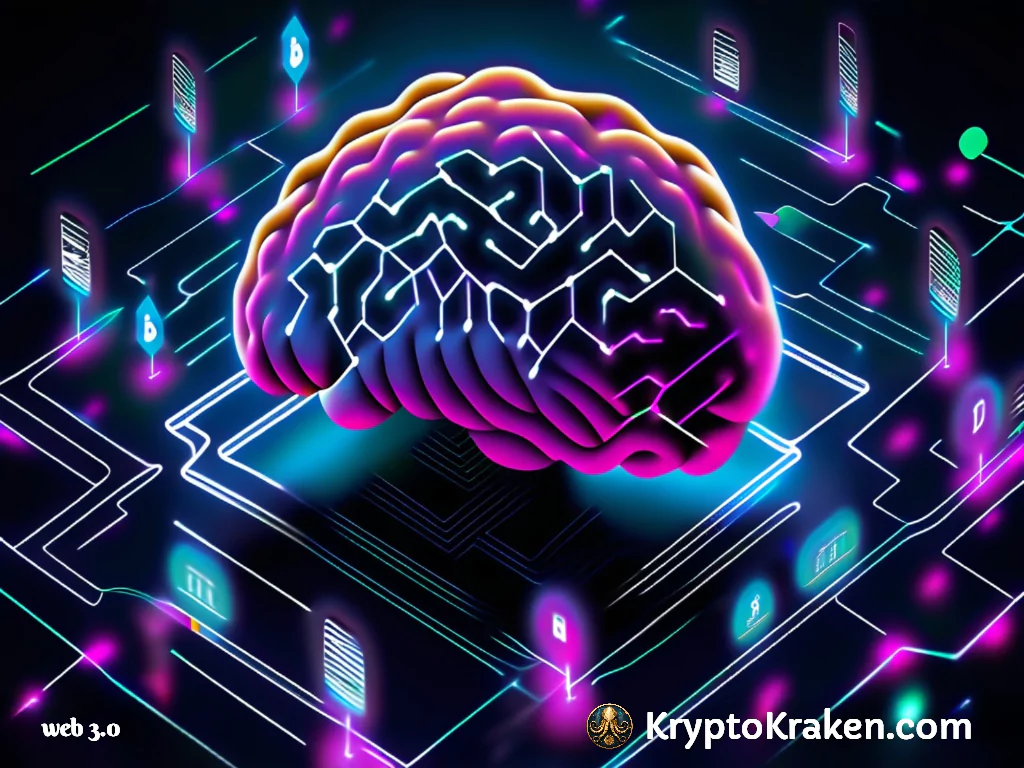
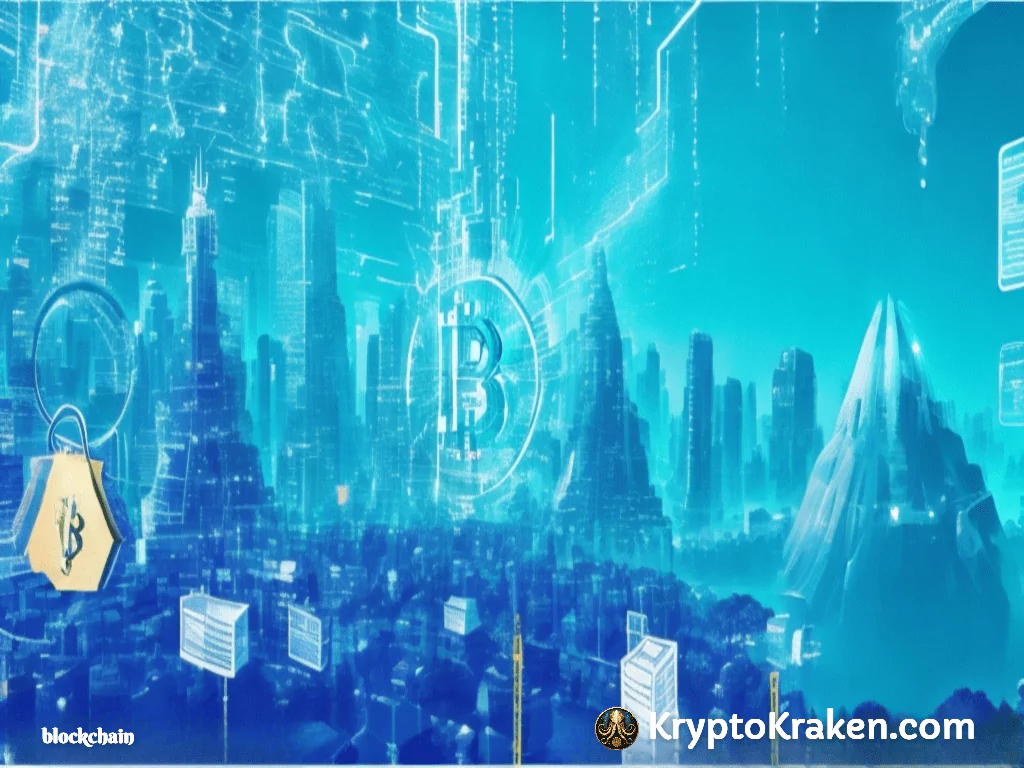

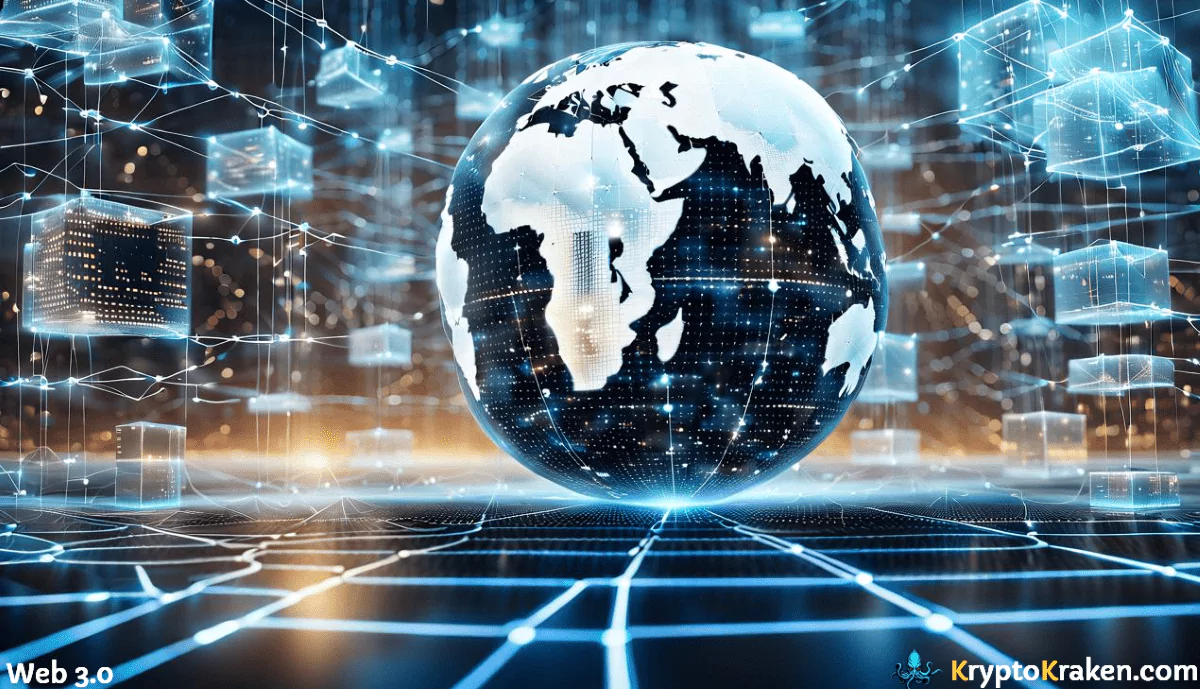

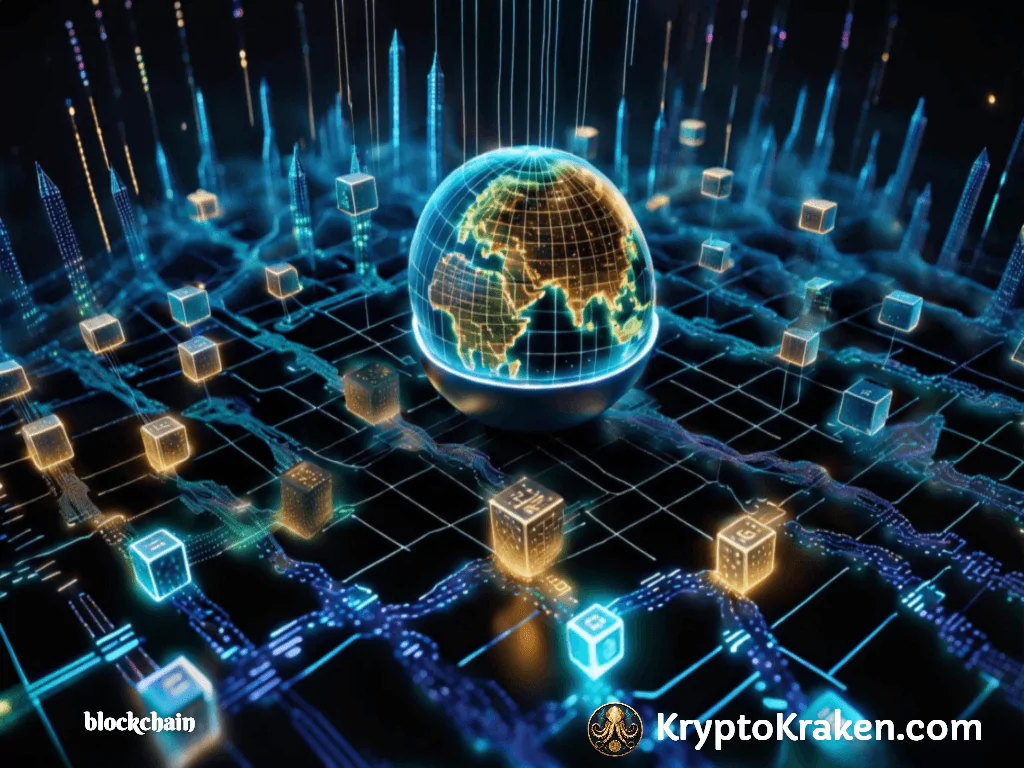


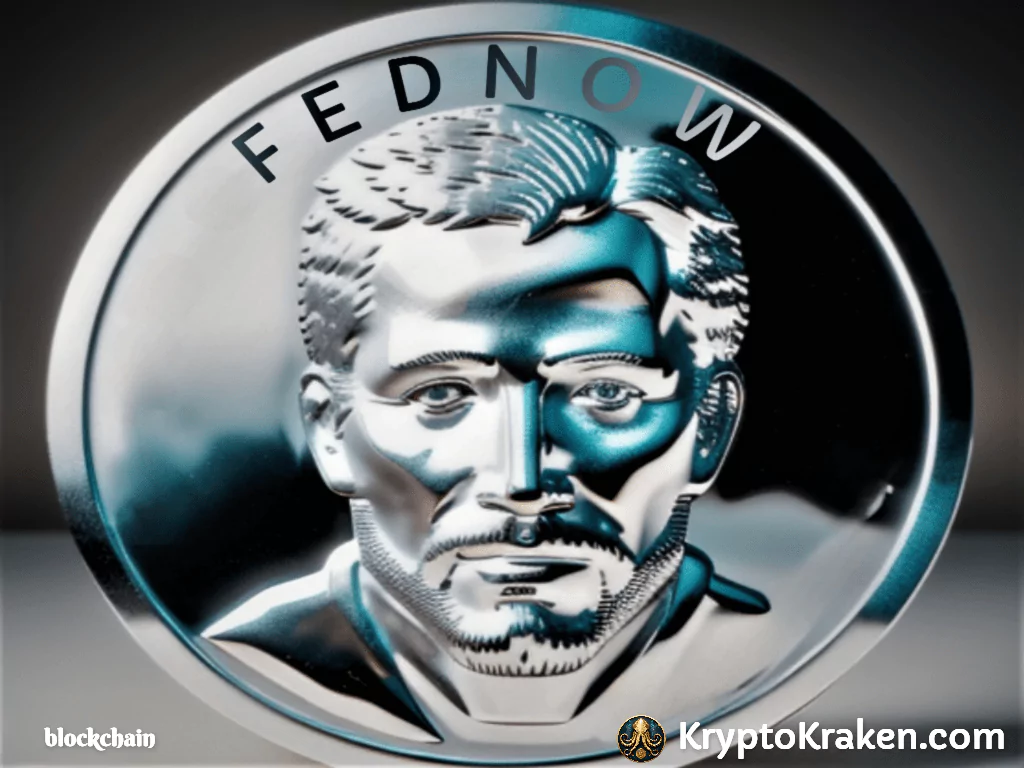


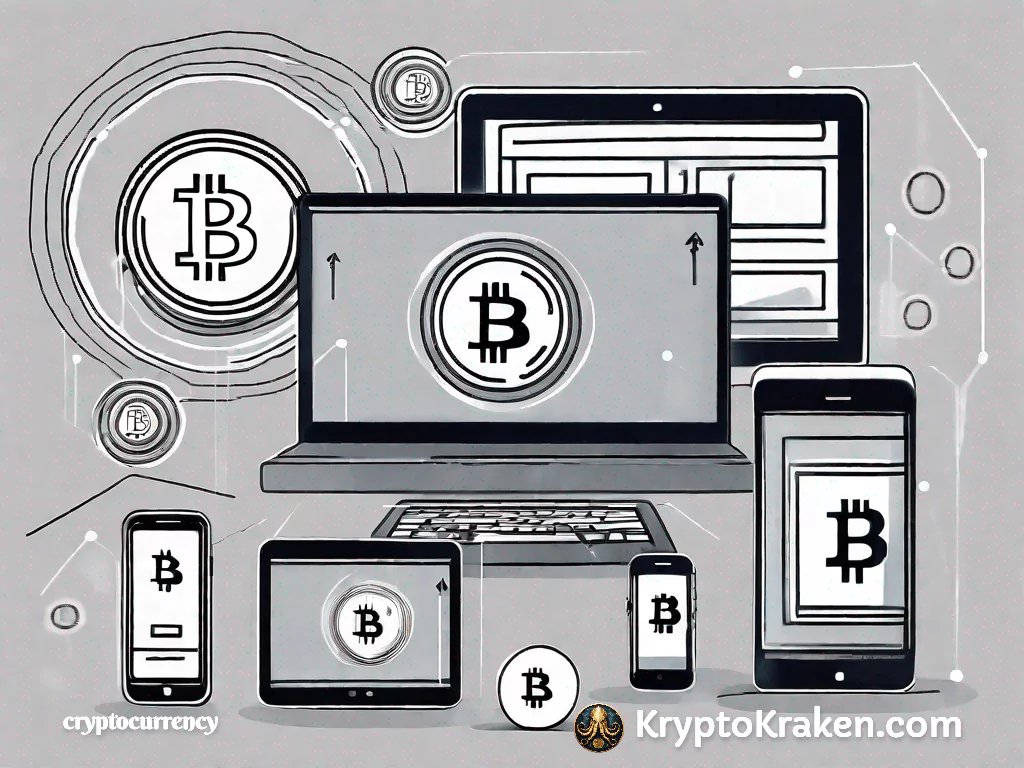
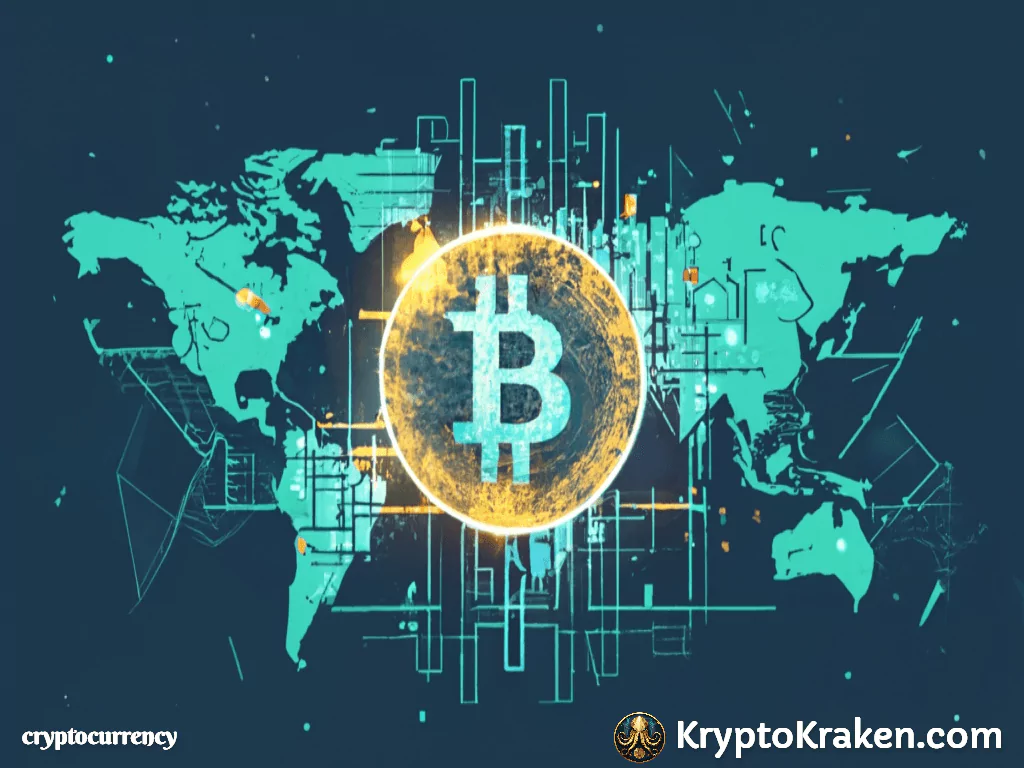


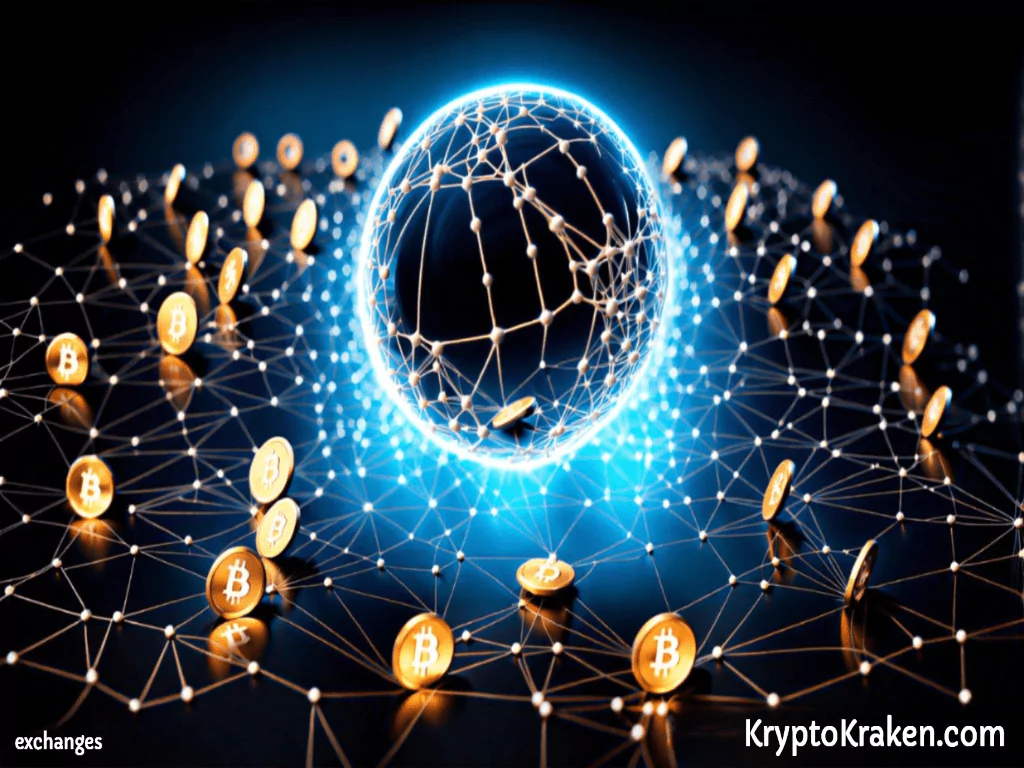



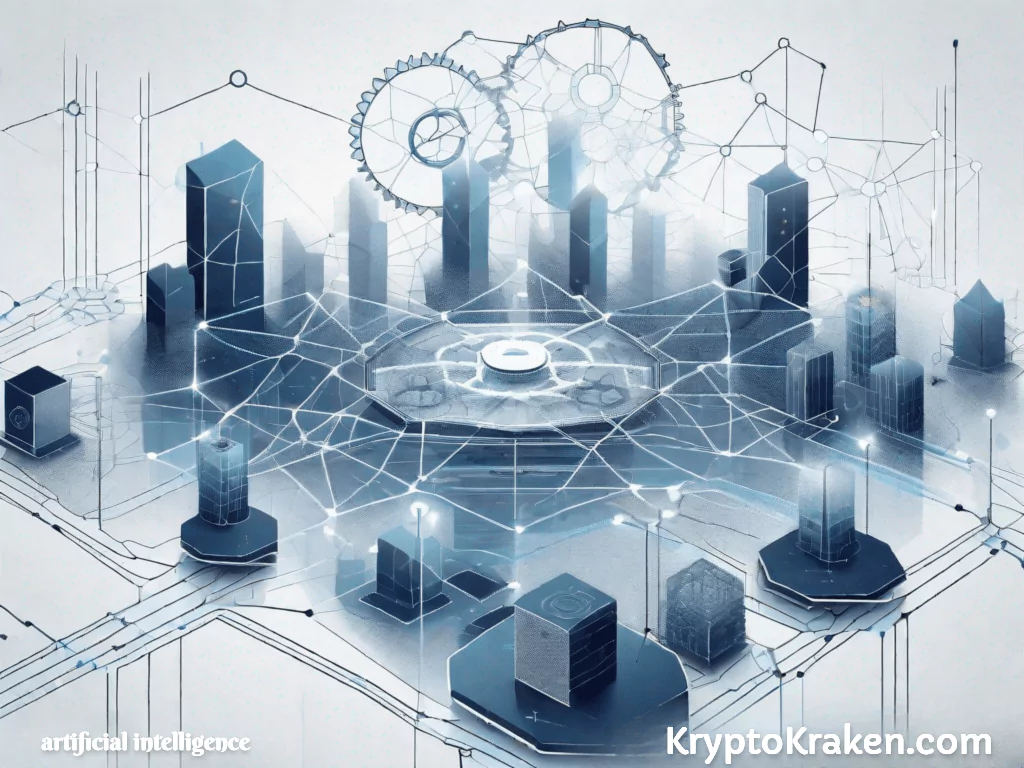

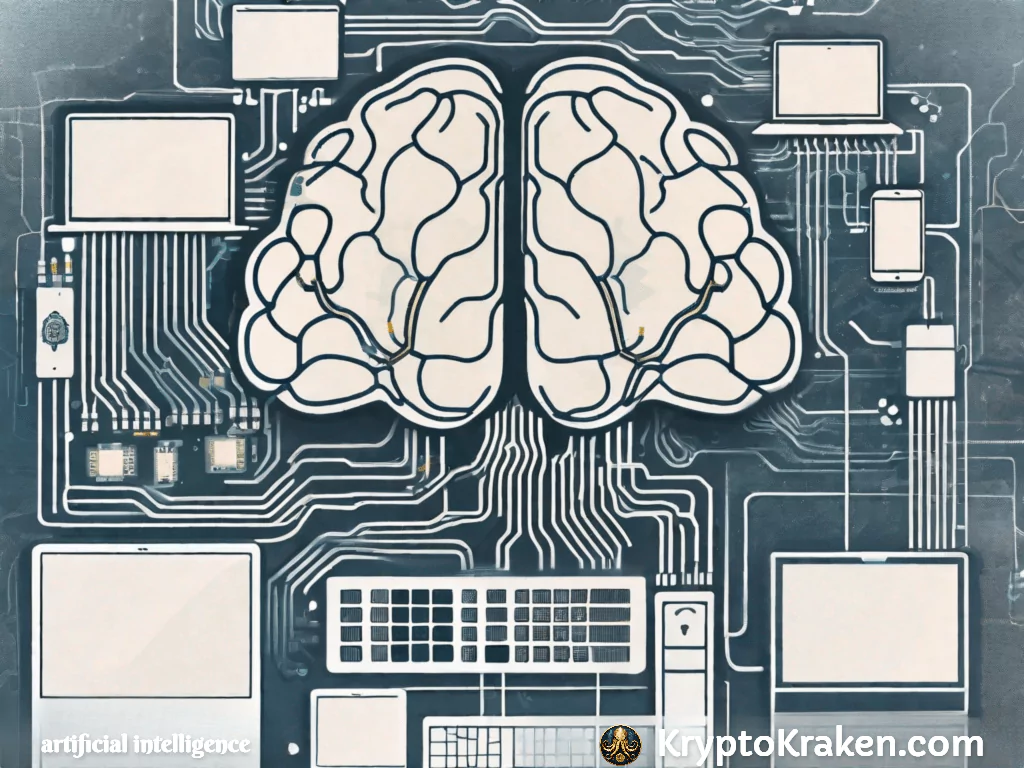
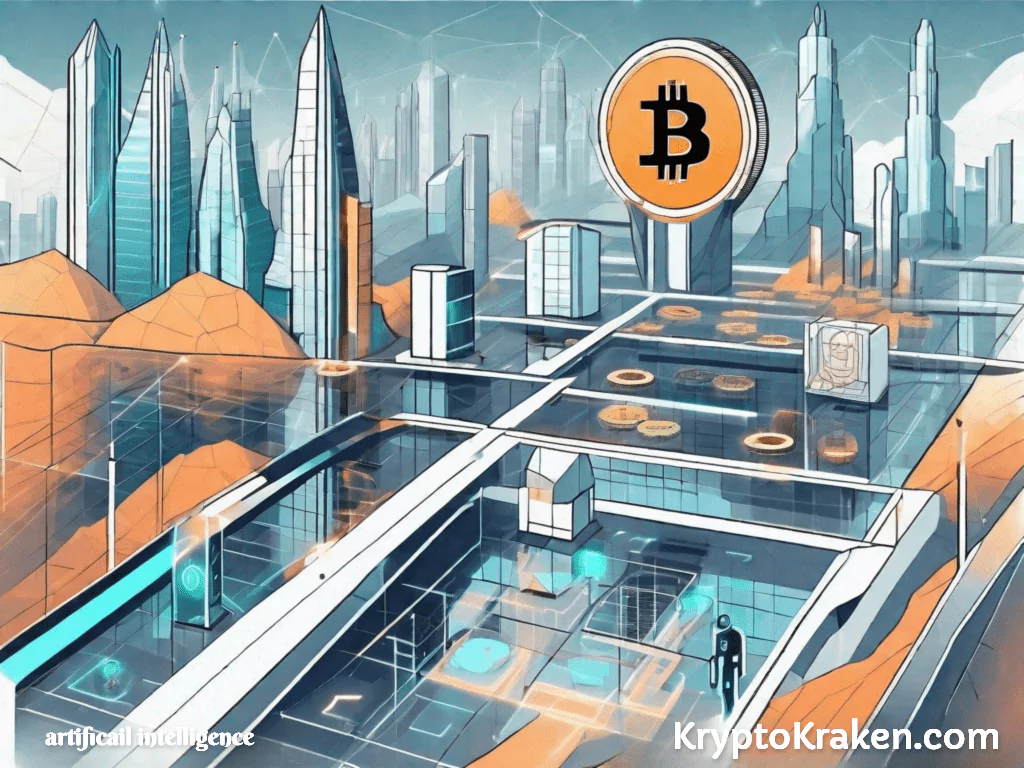
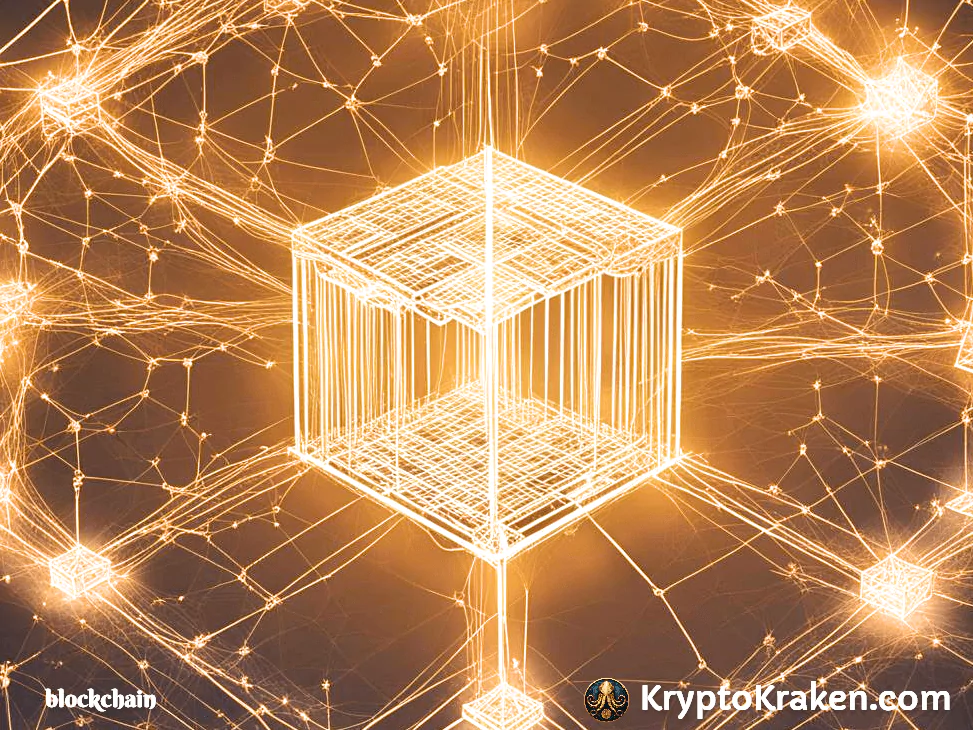
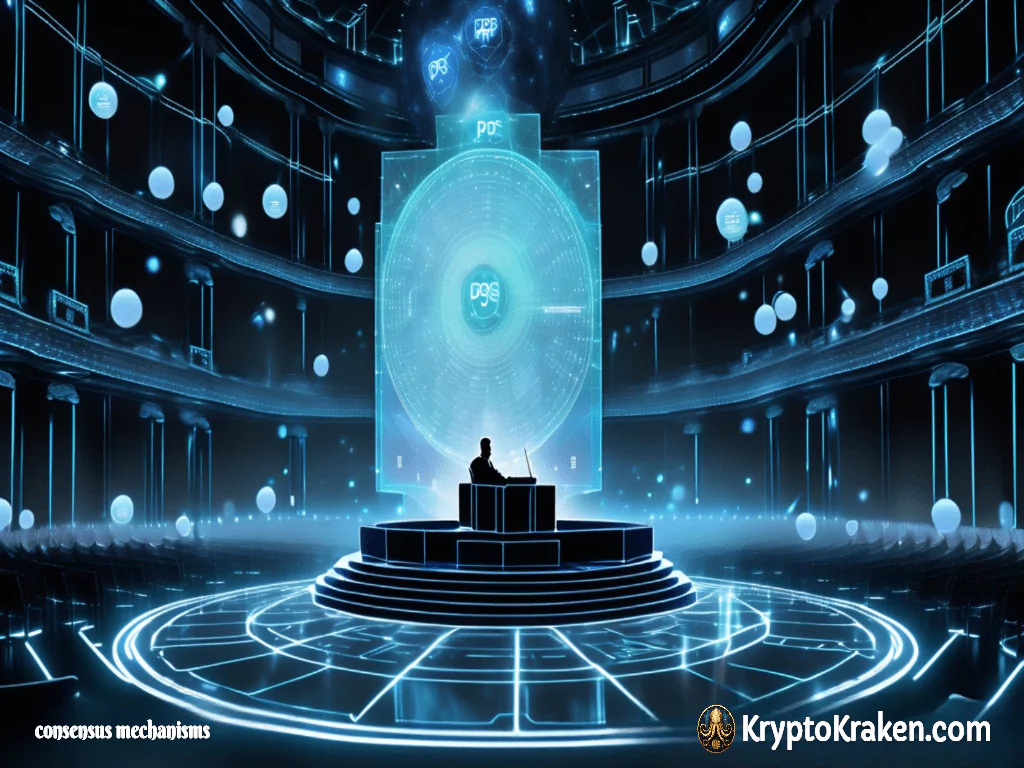


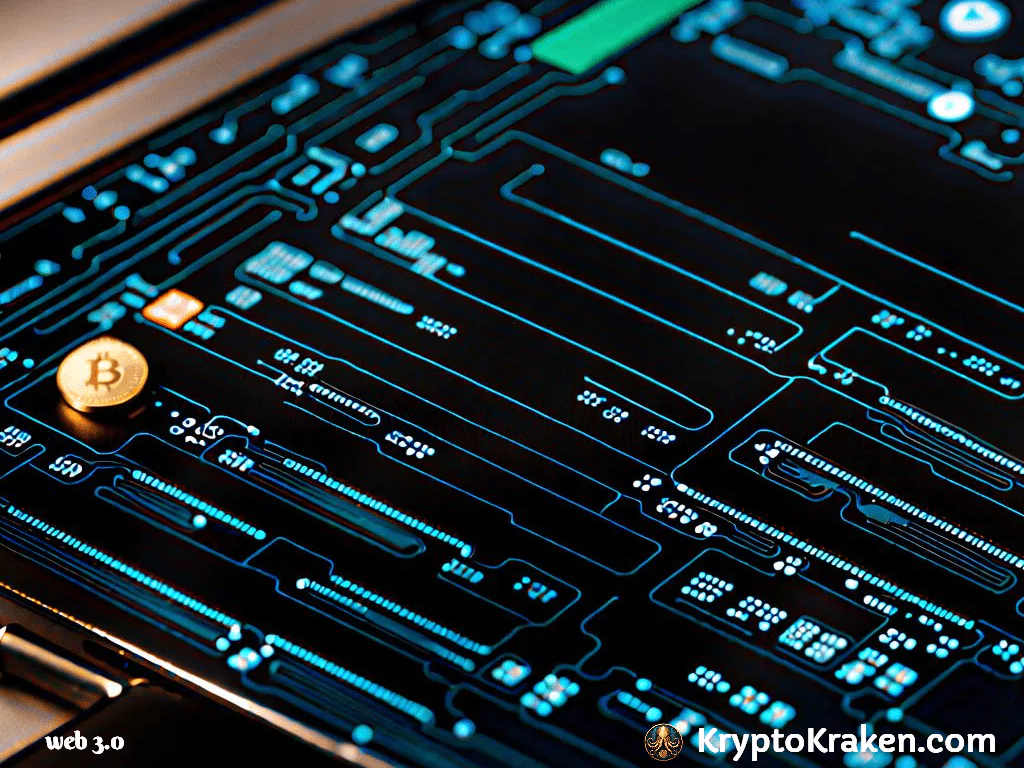
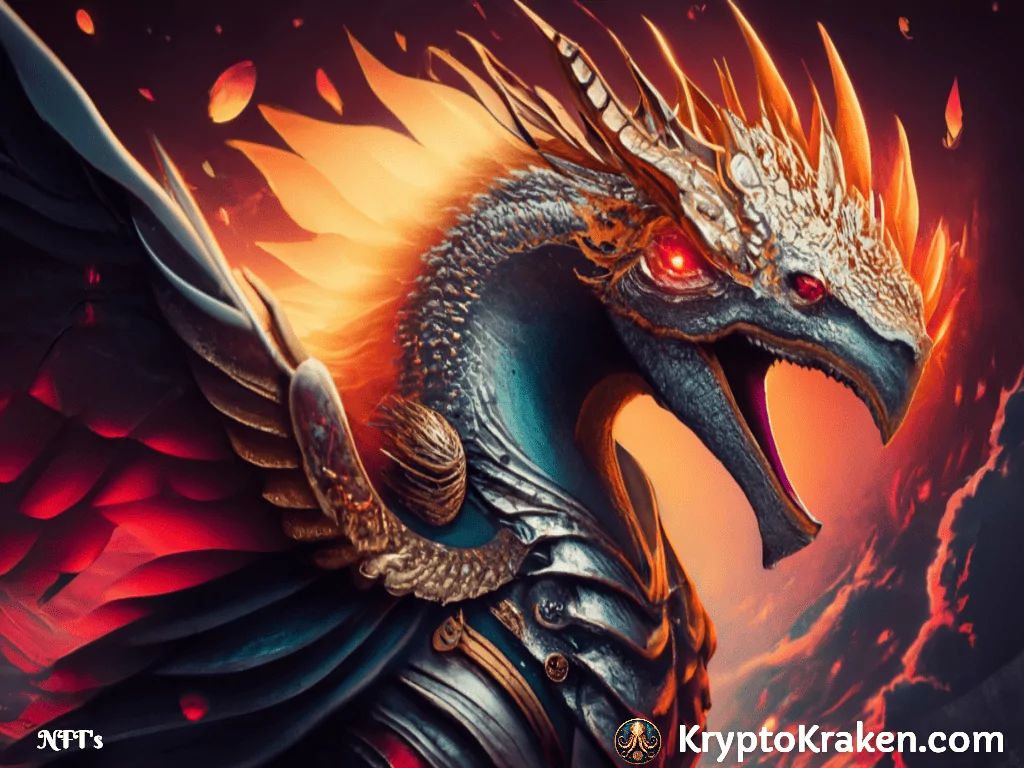

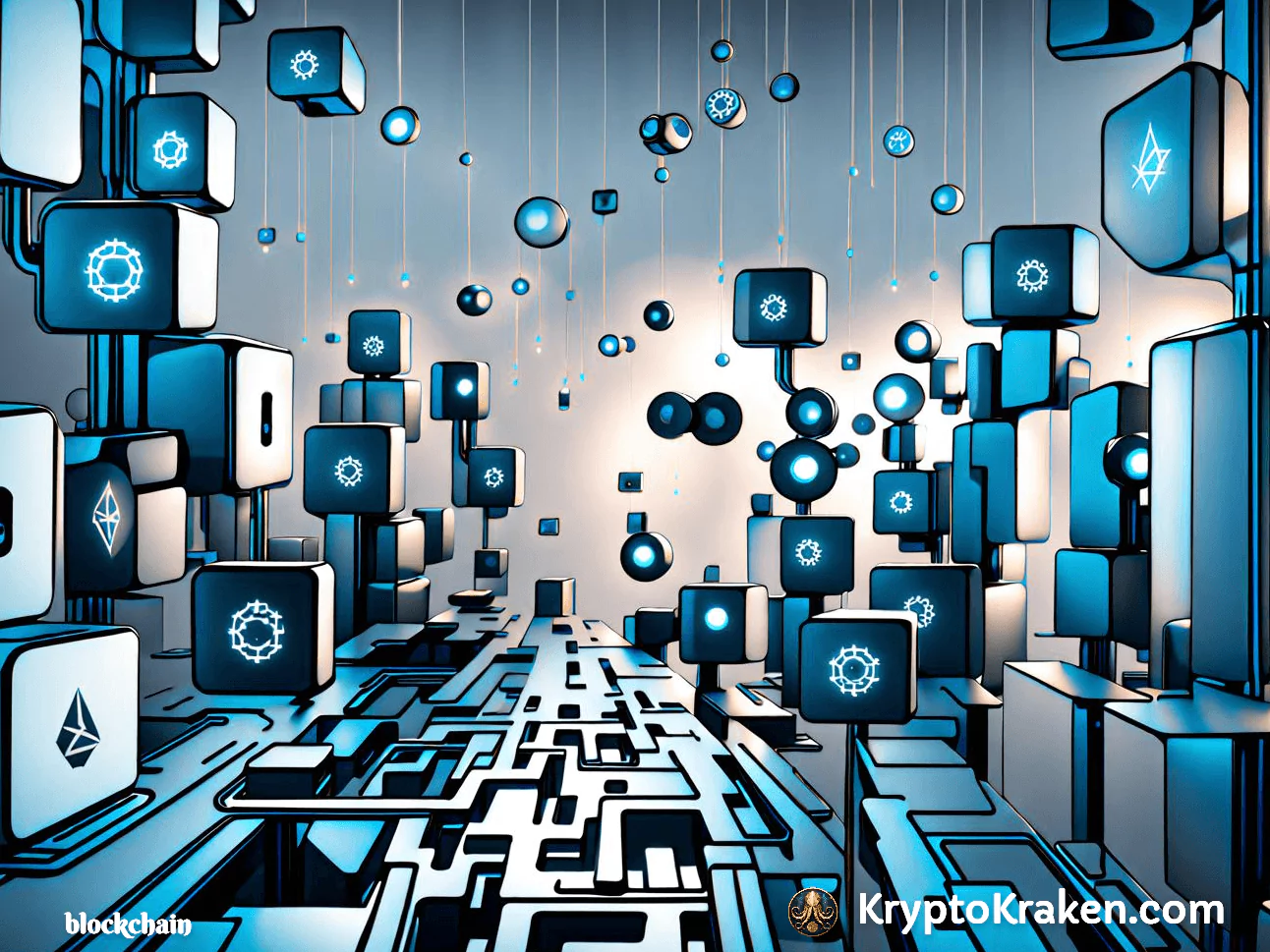


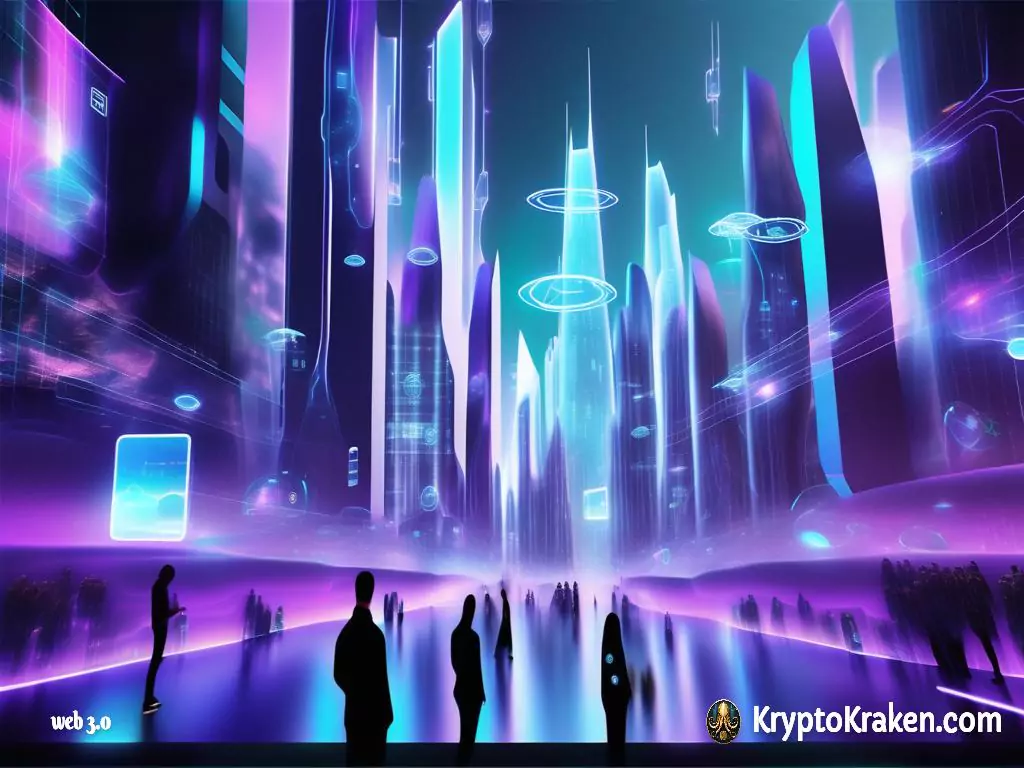
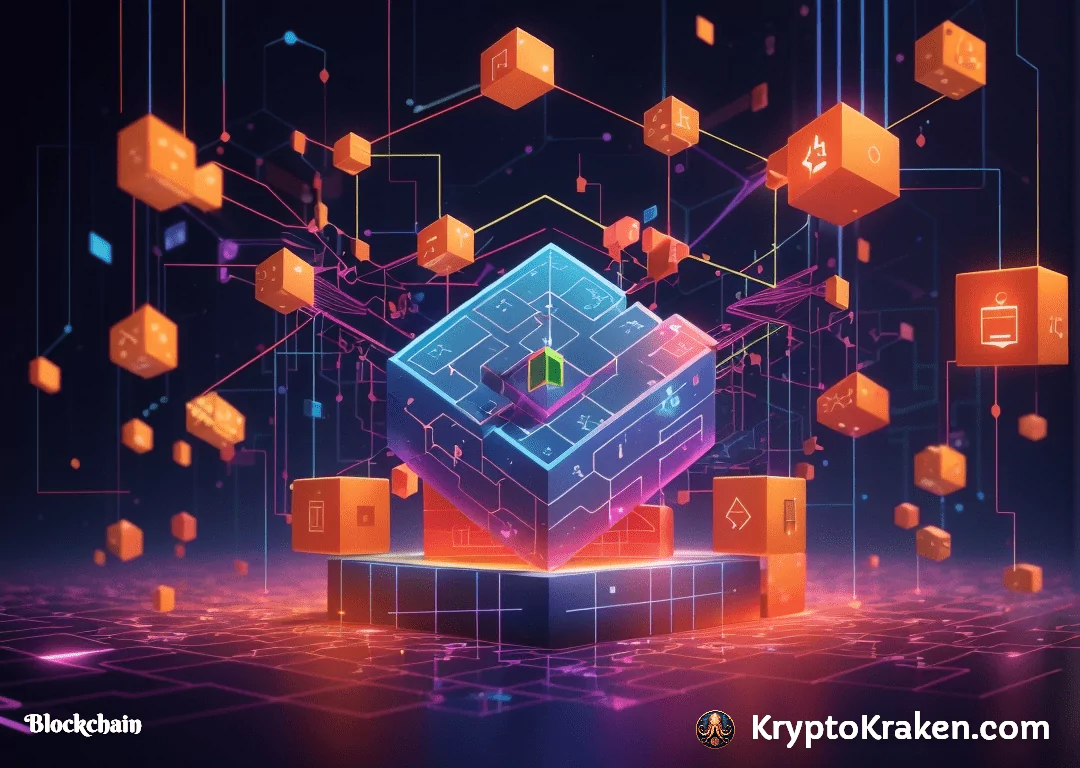
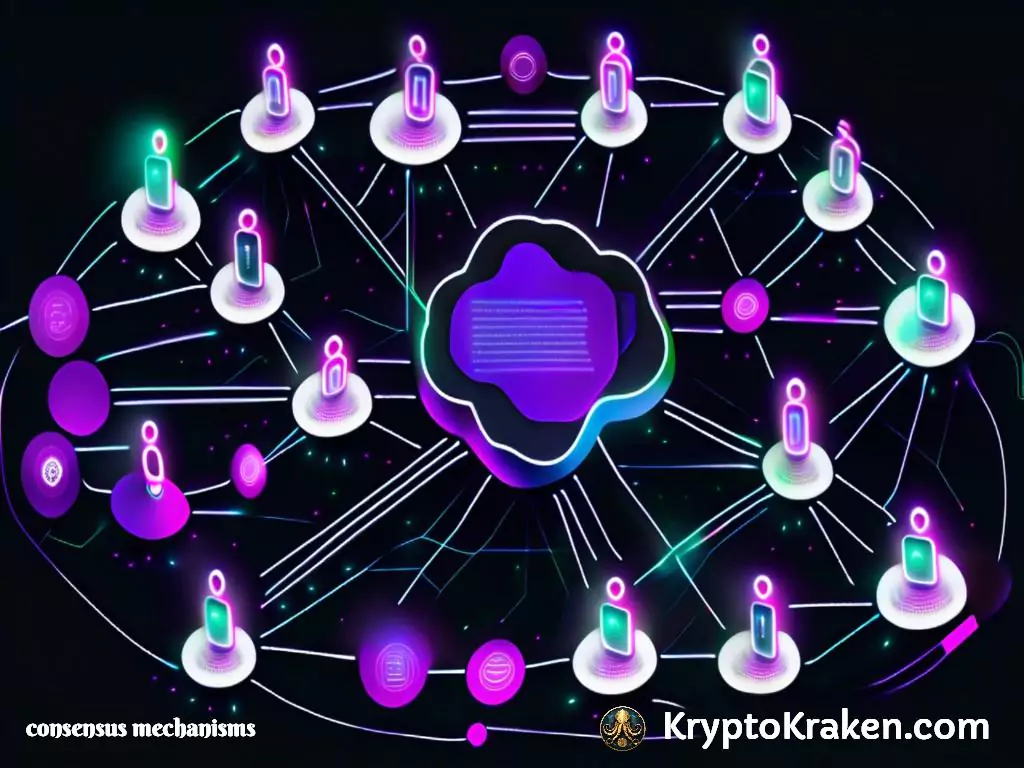
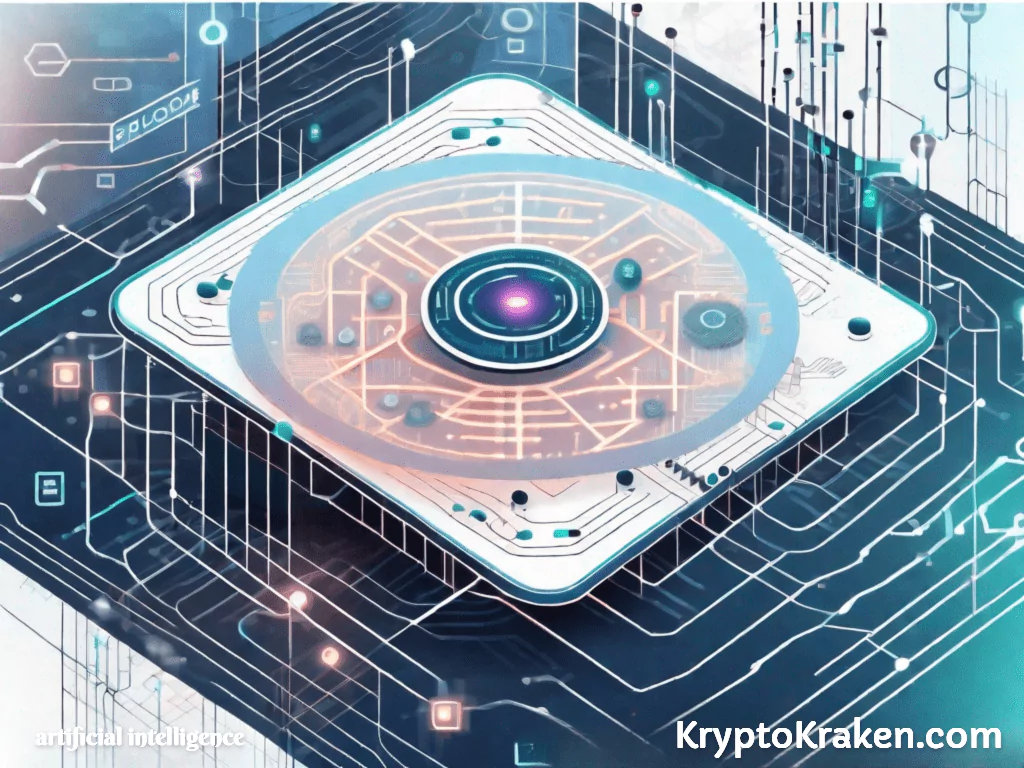
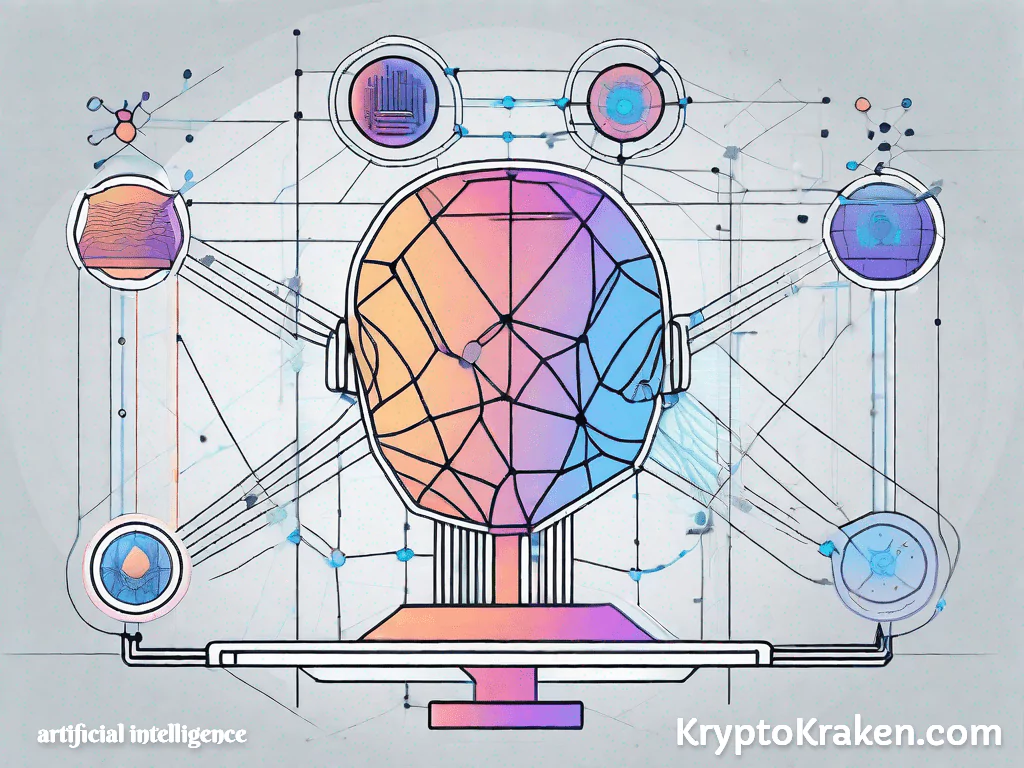
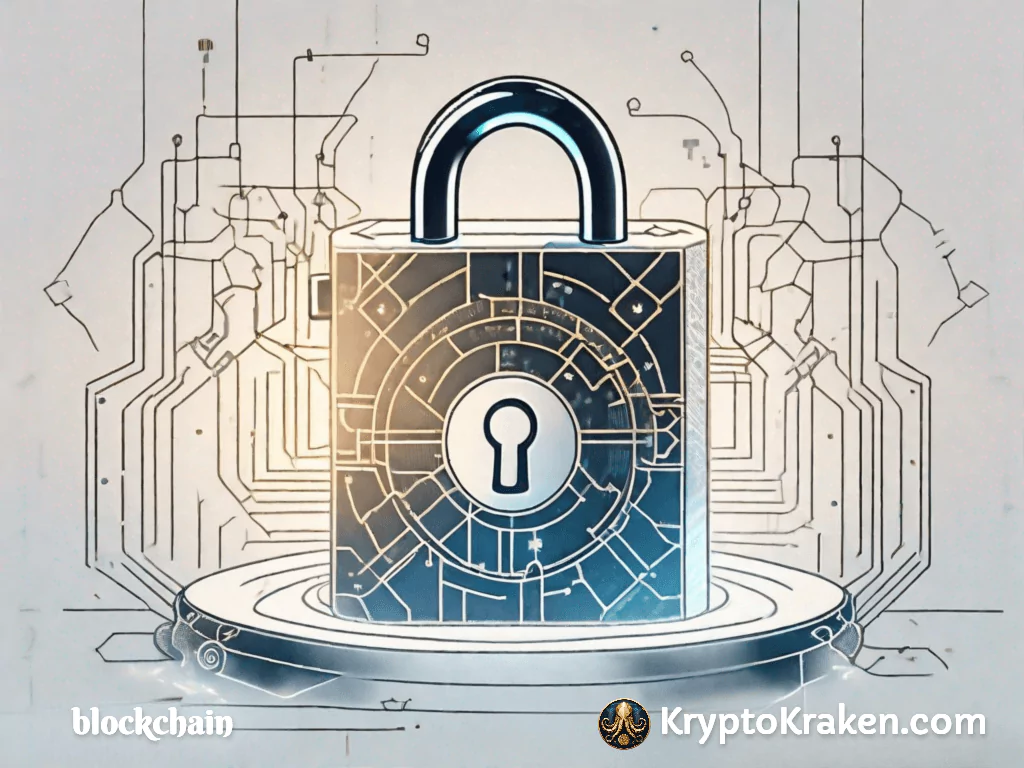

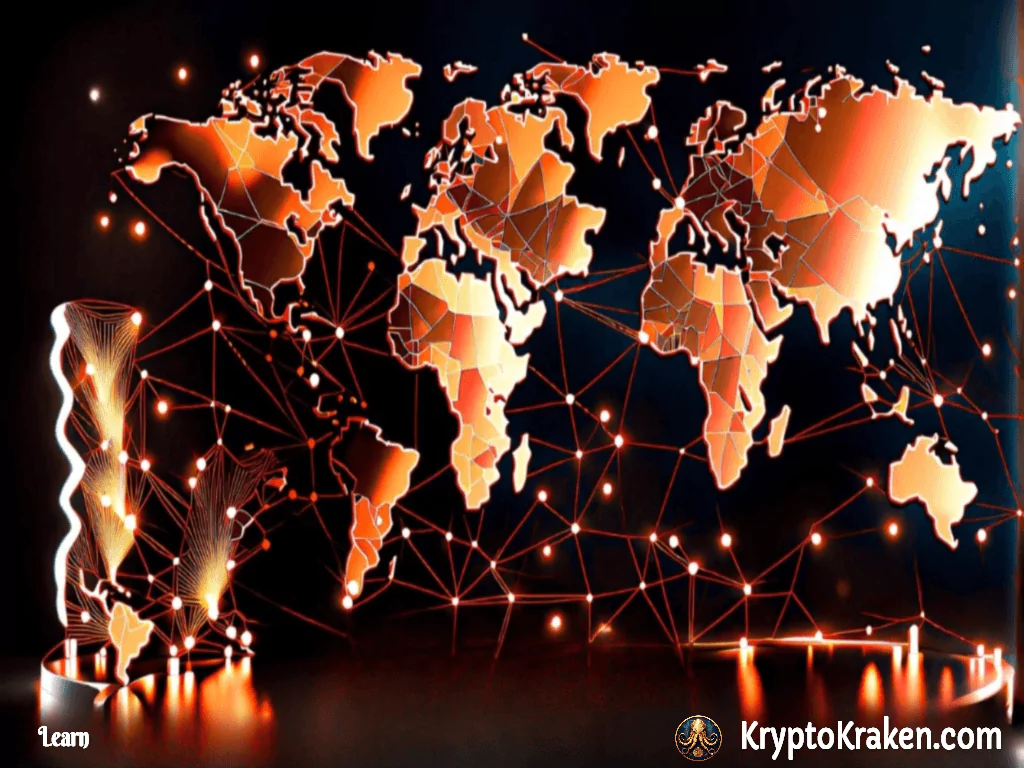
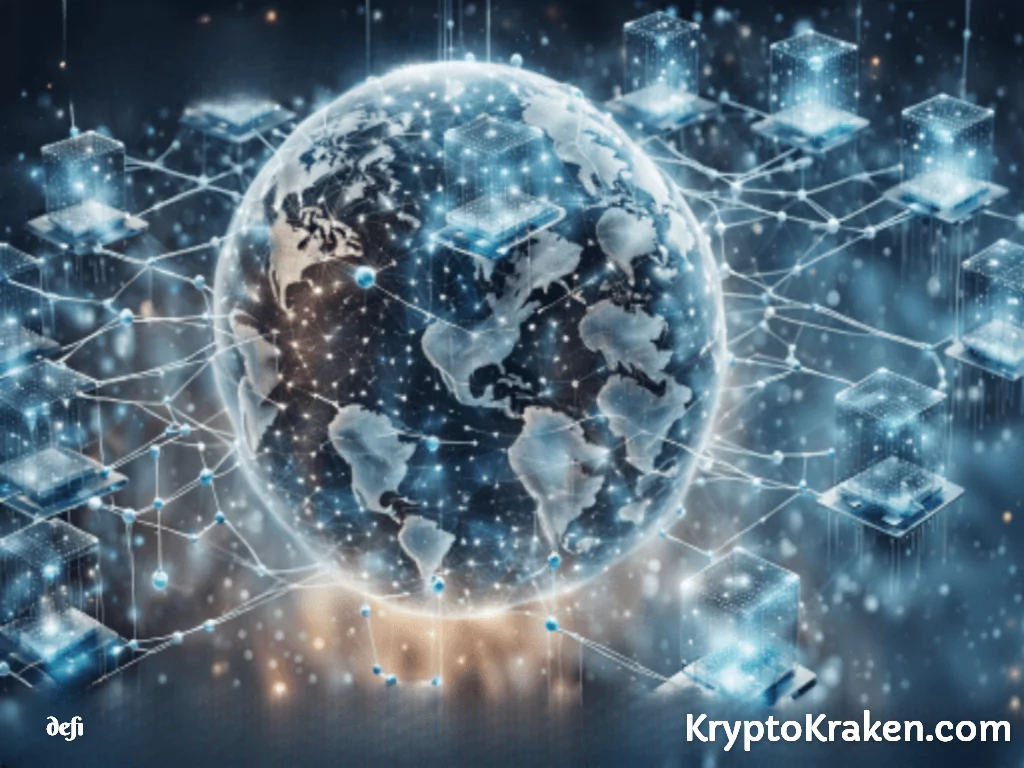


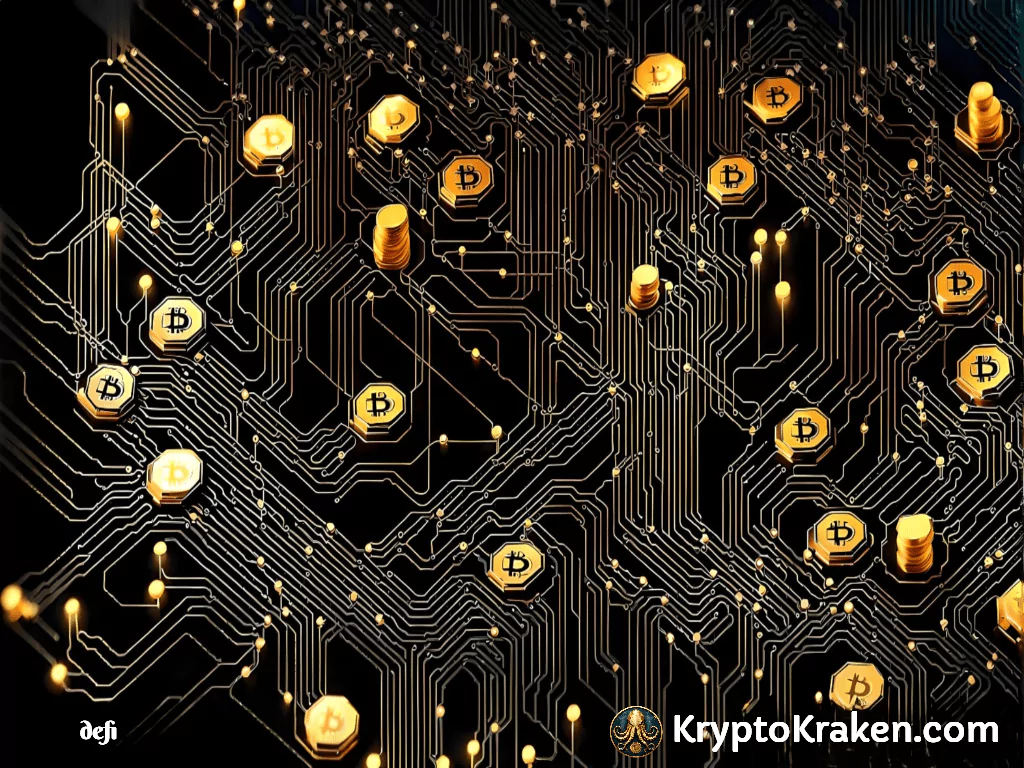
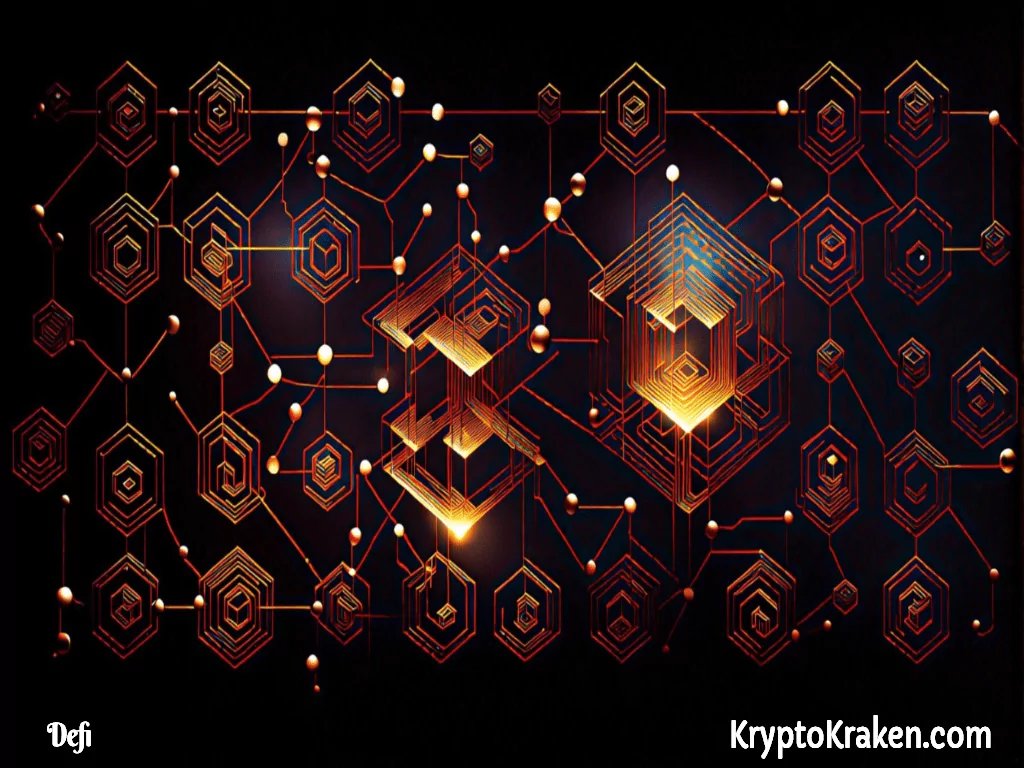
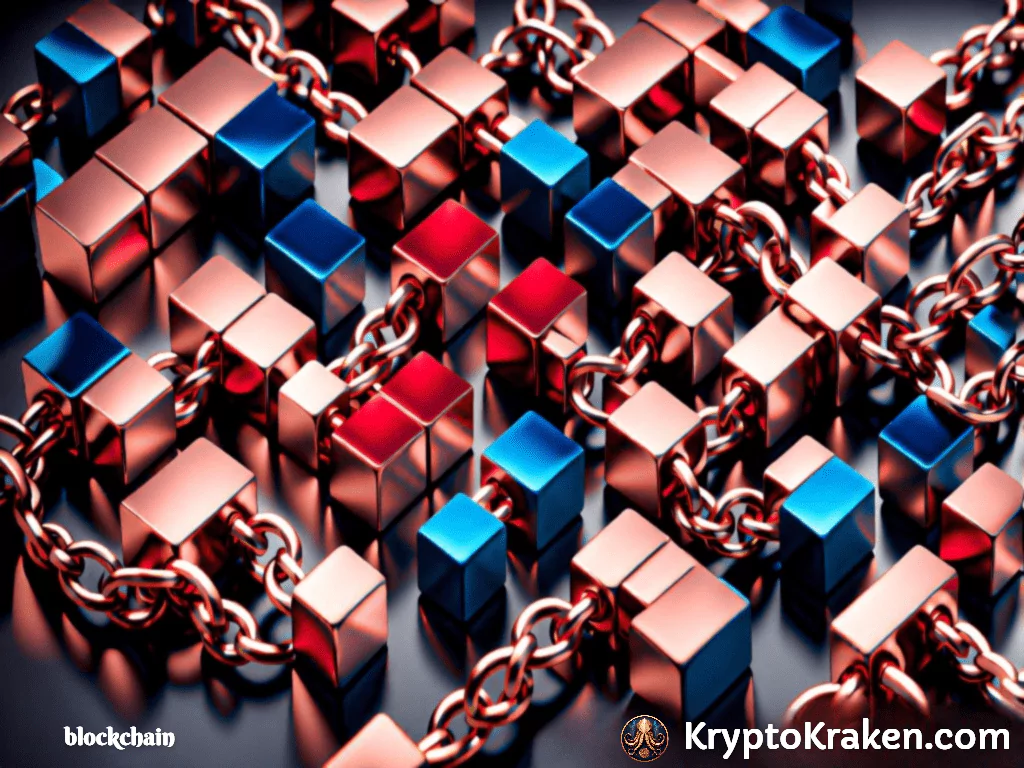



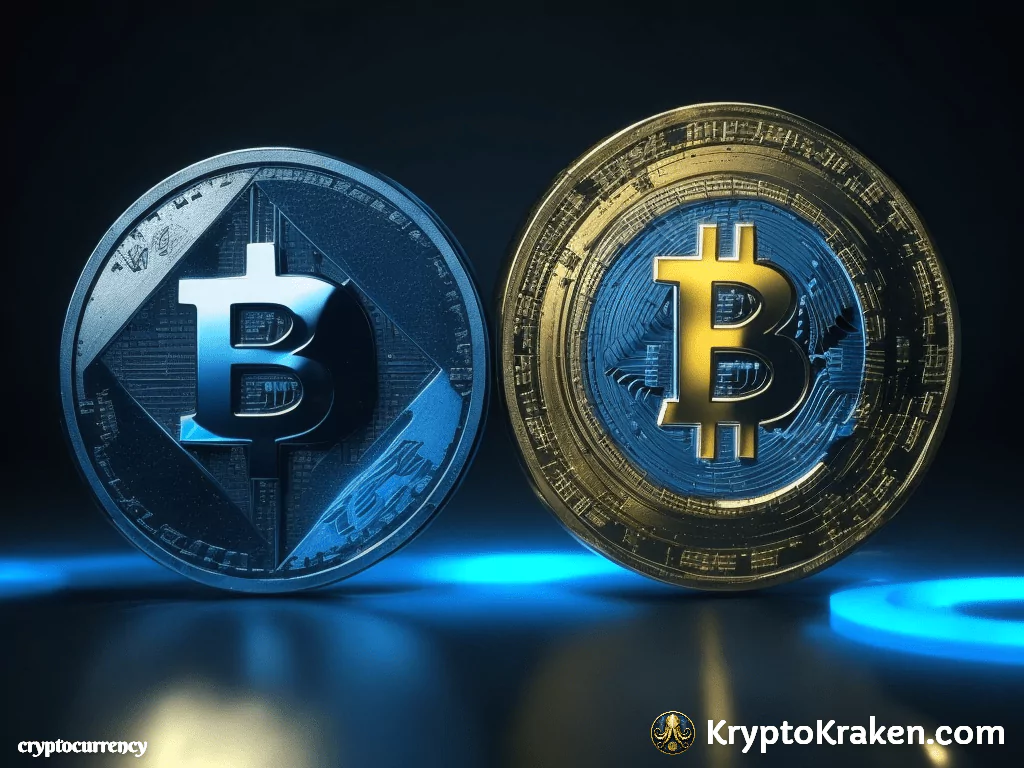
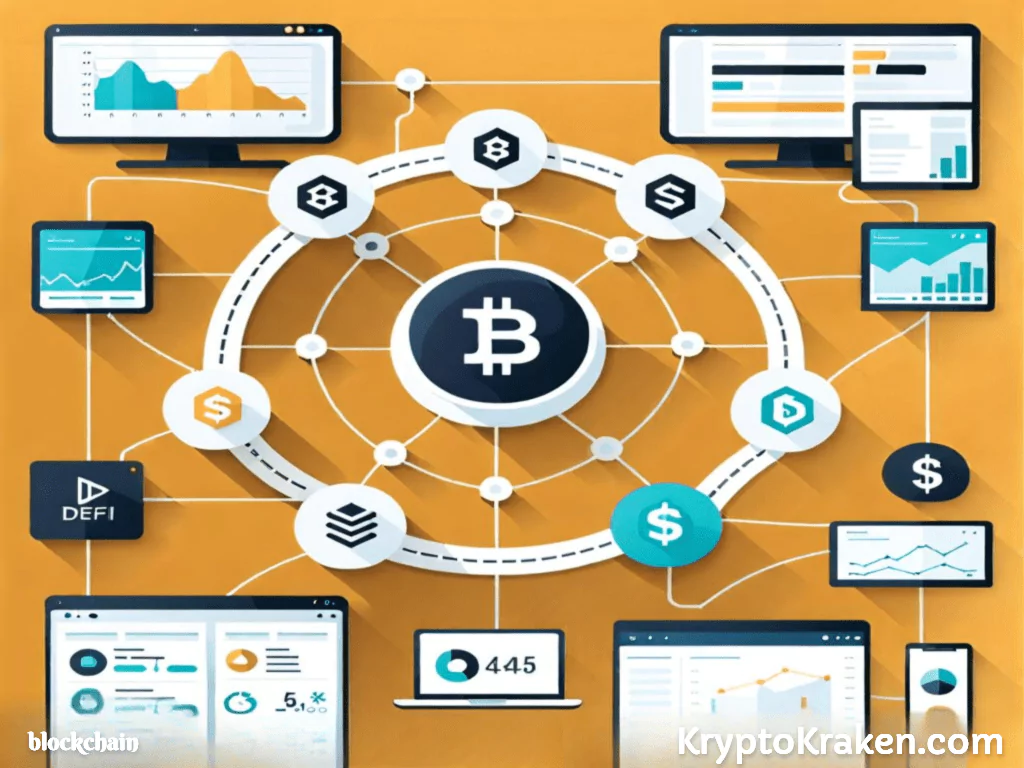
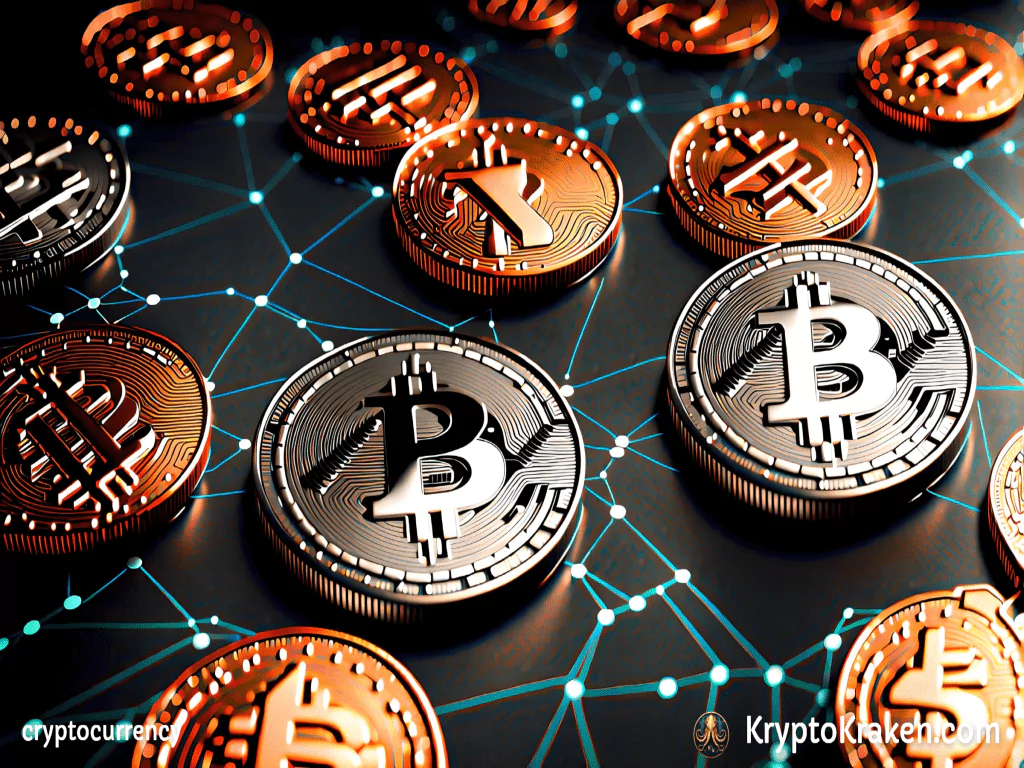
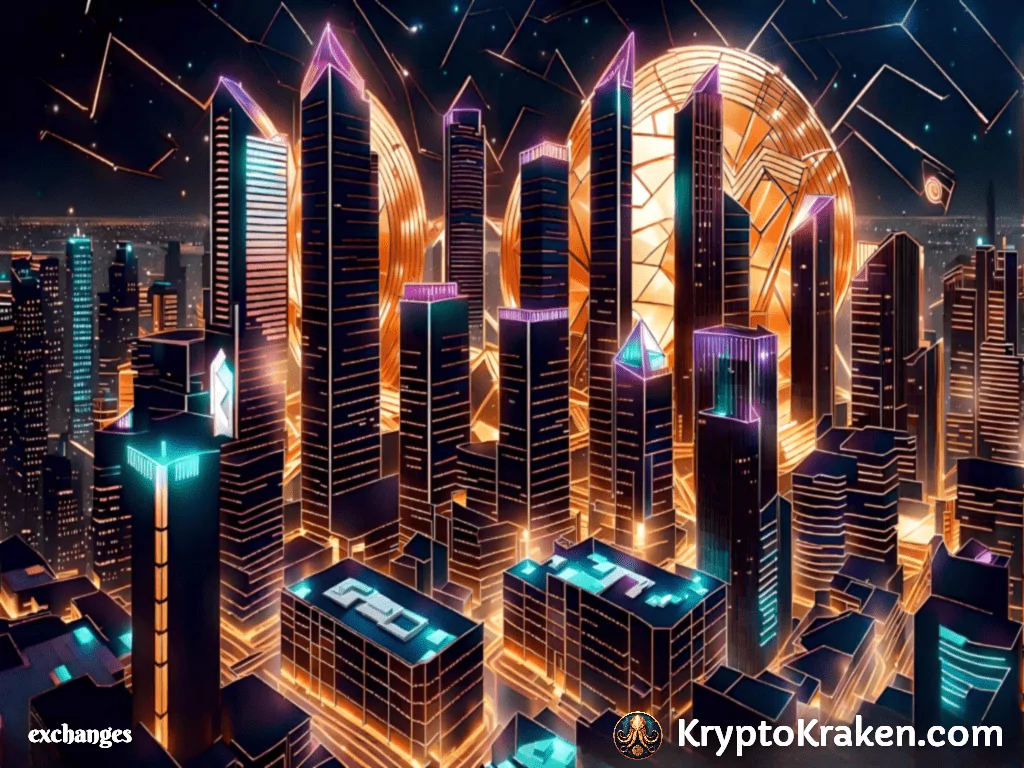
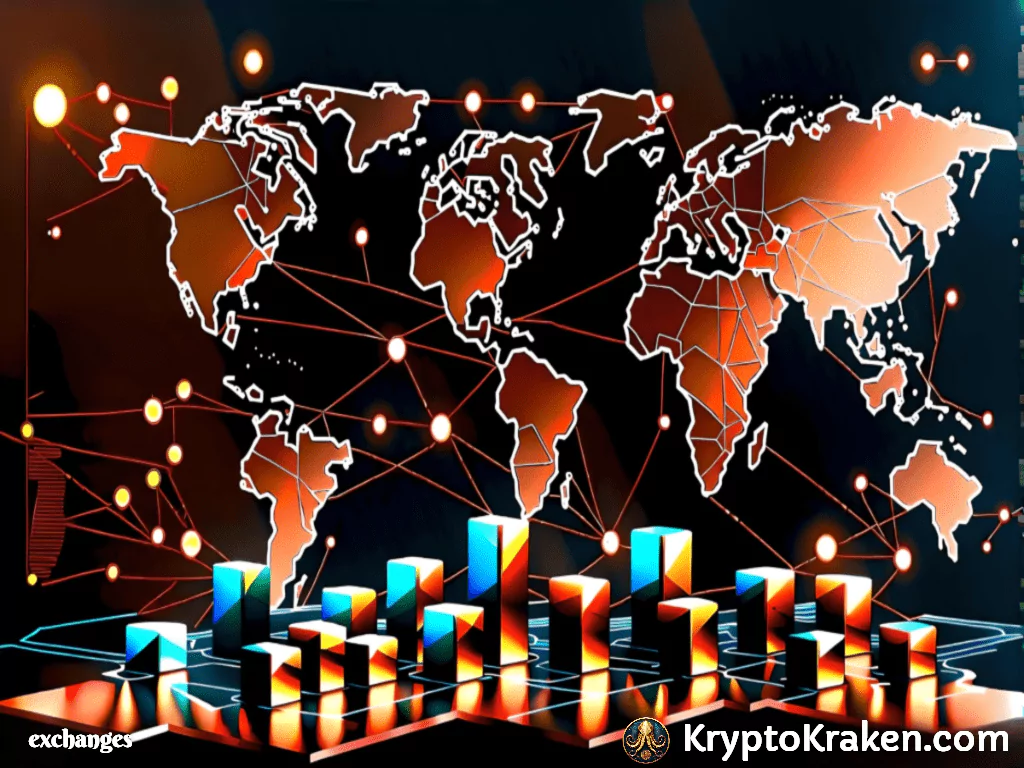
1 comment on “Web 3.0 Technologies: Evolution, Features and Challenges”